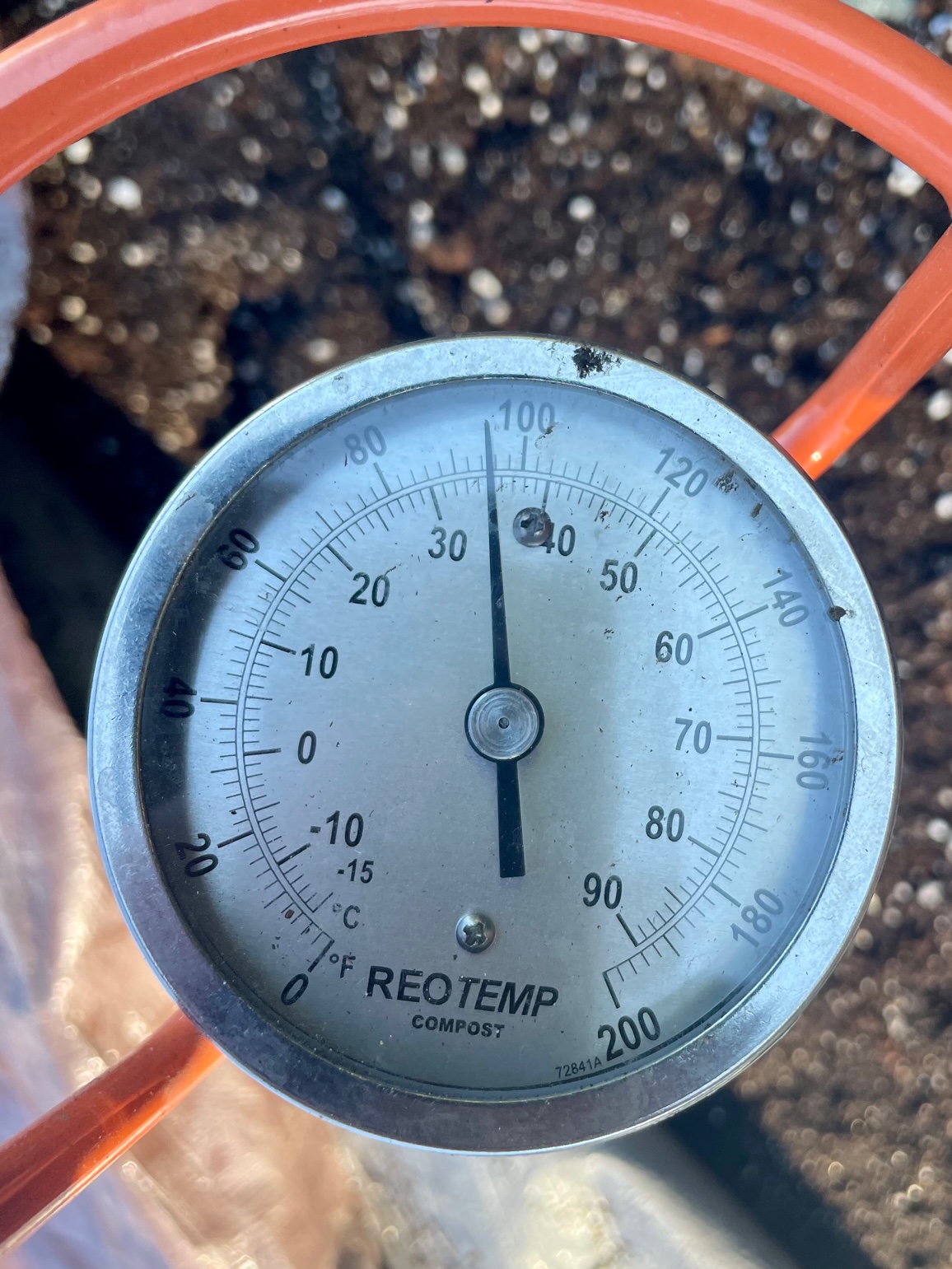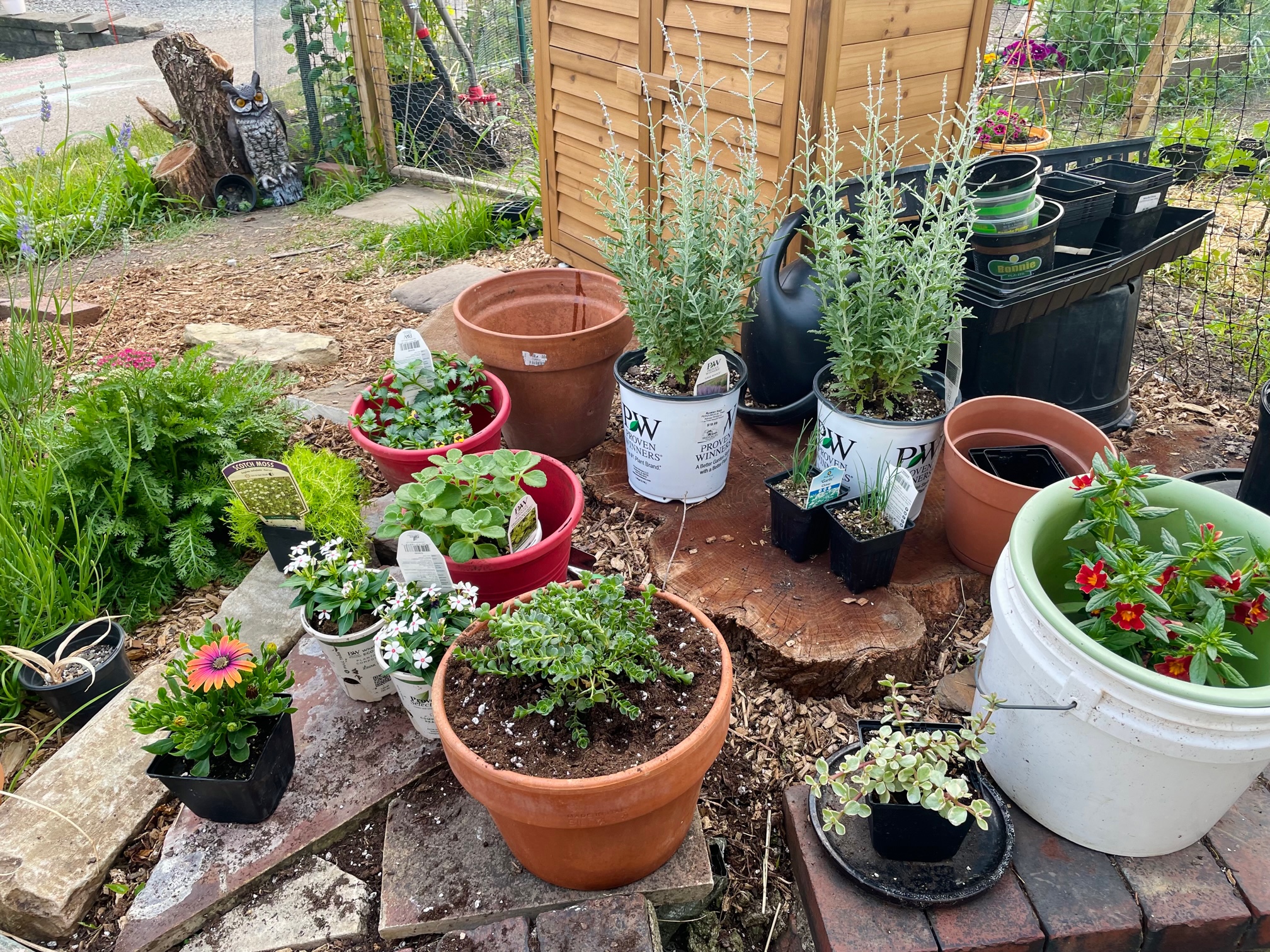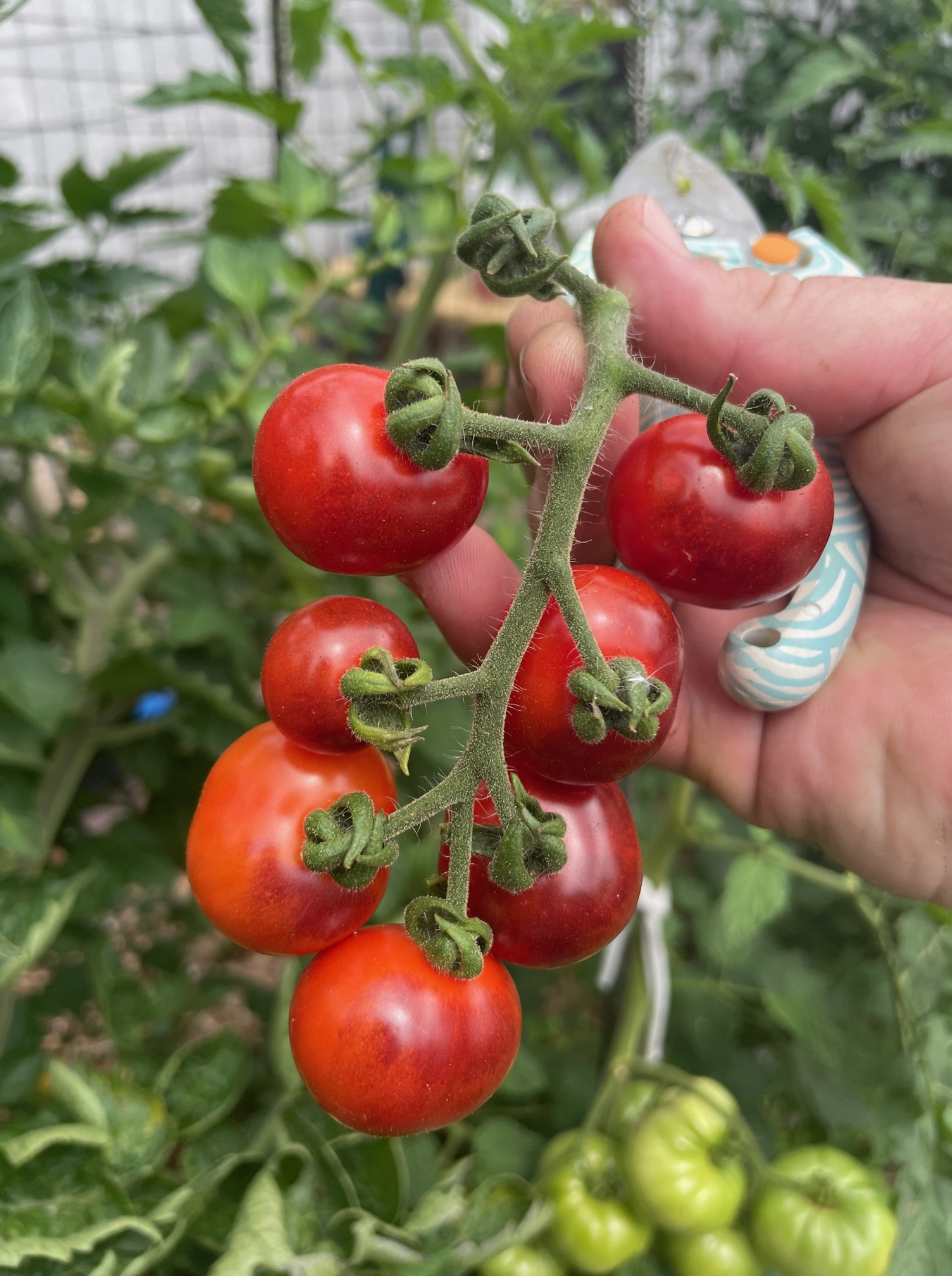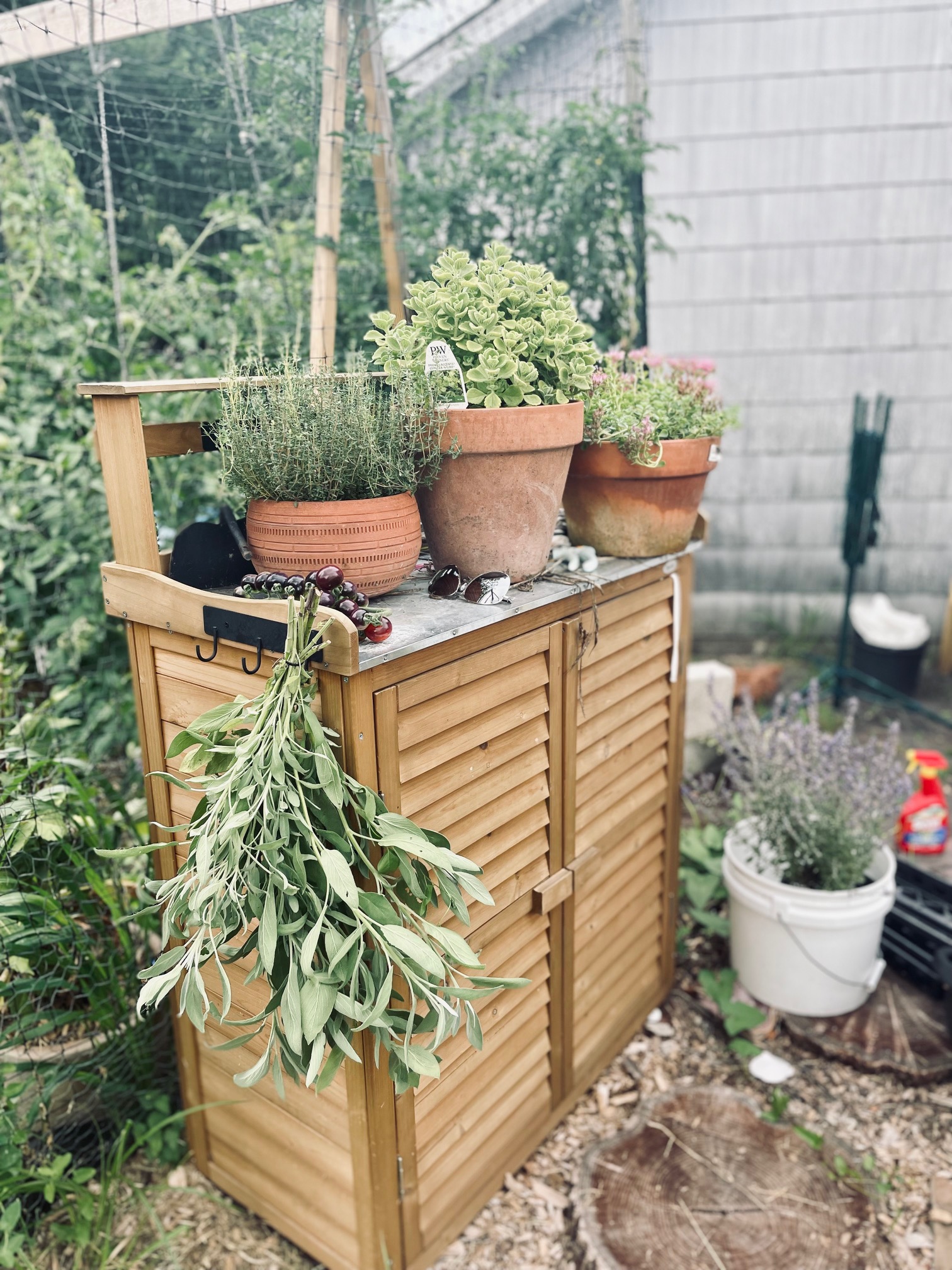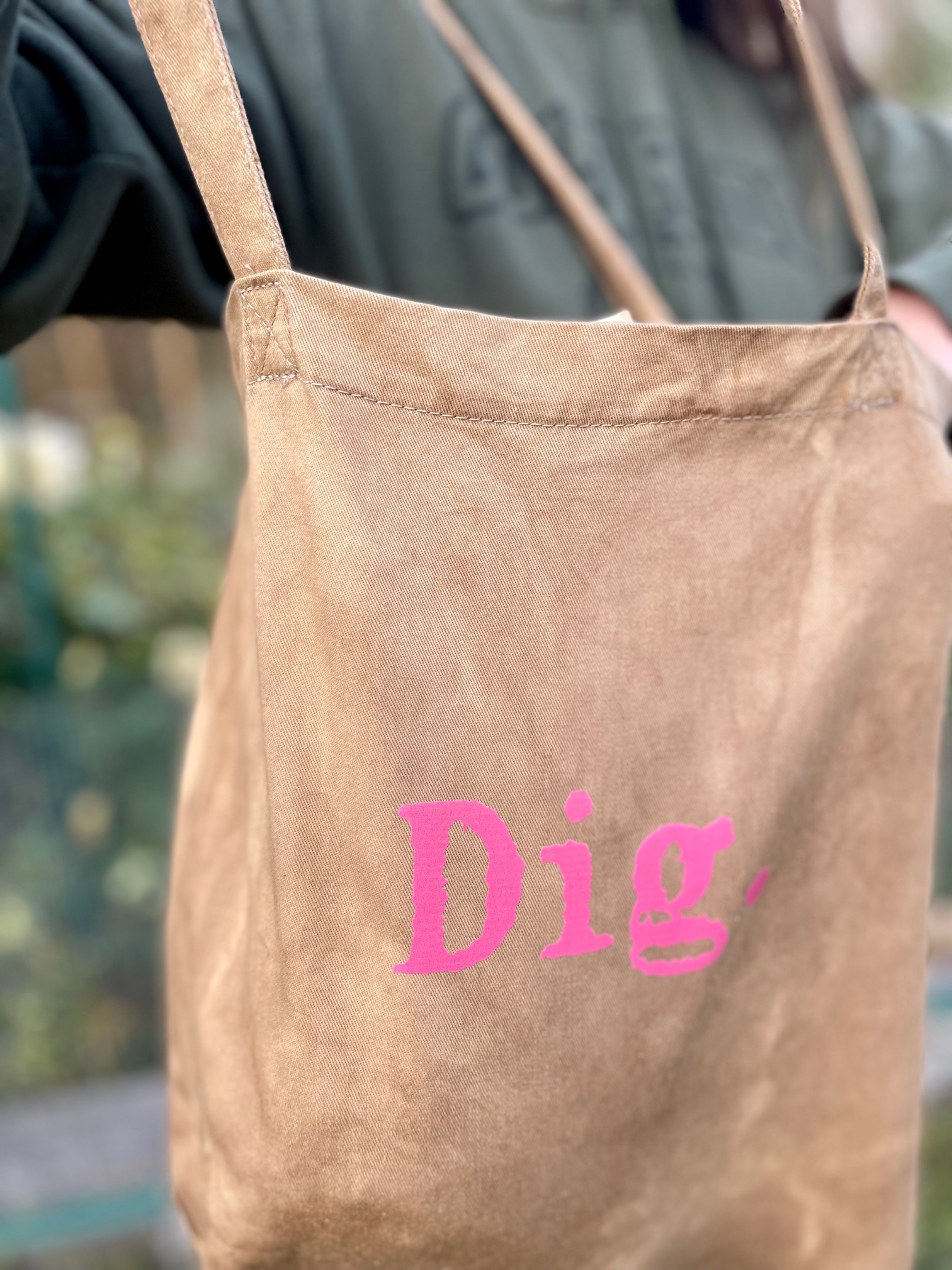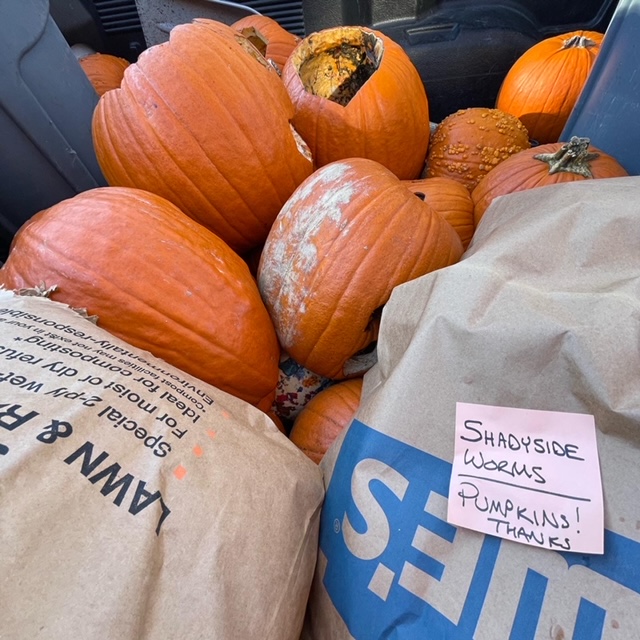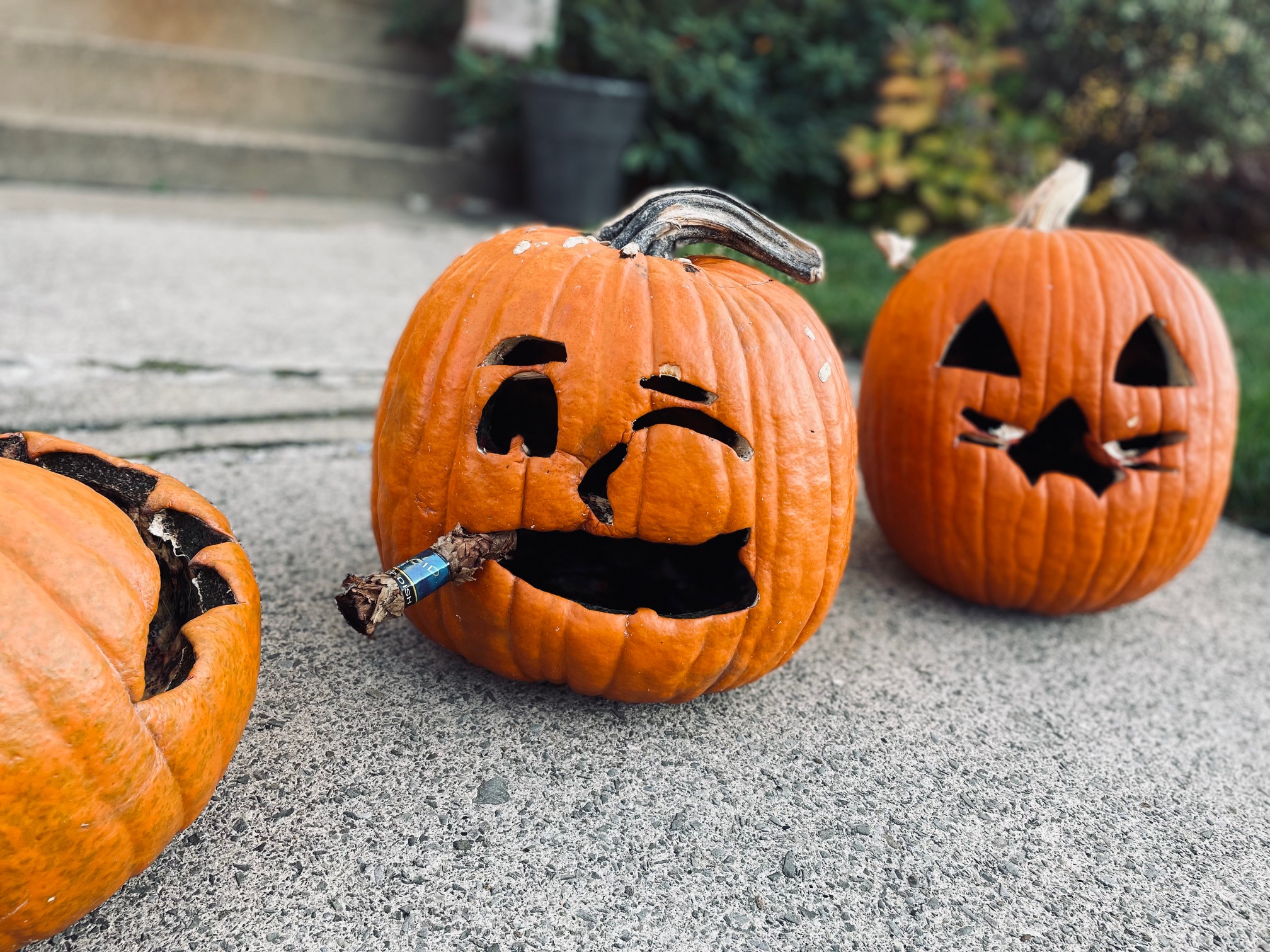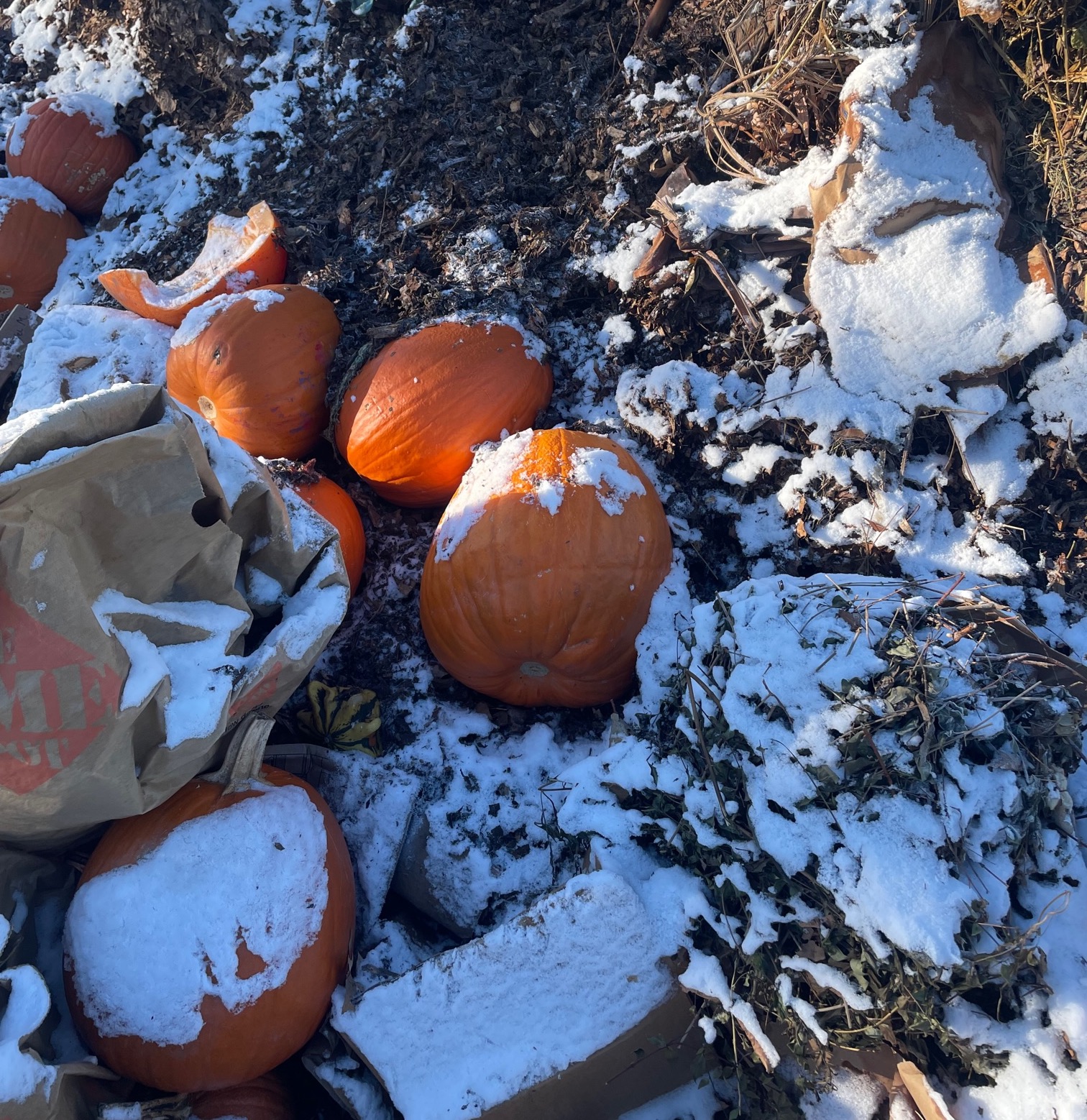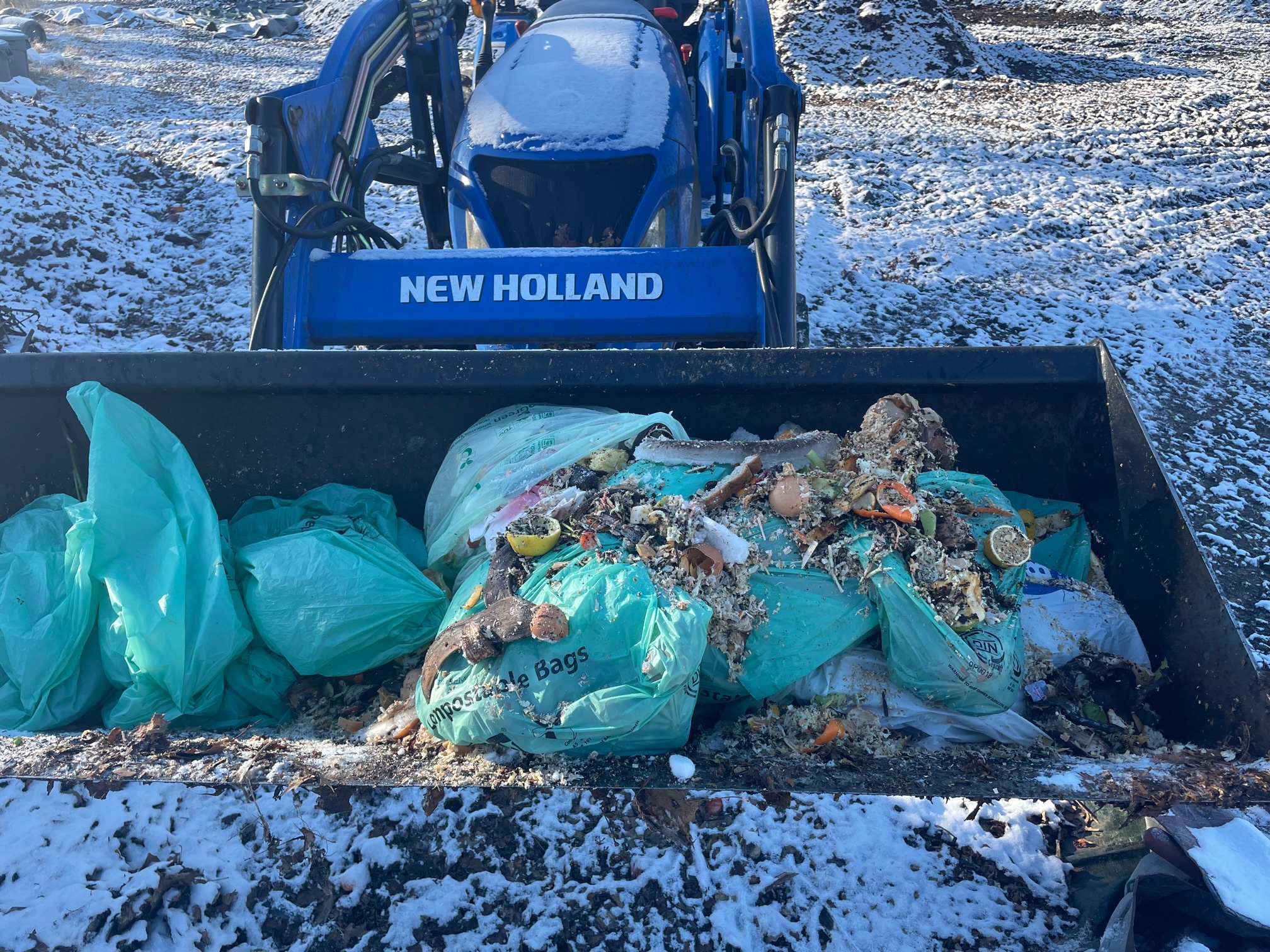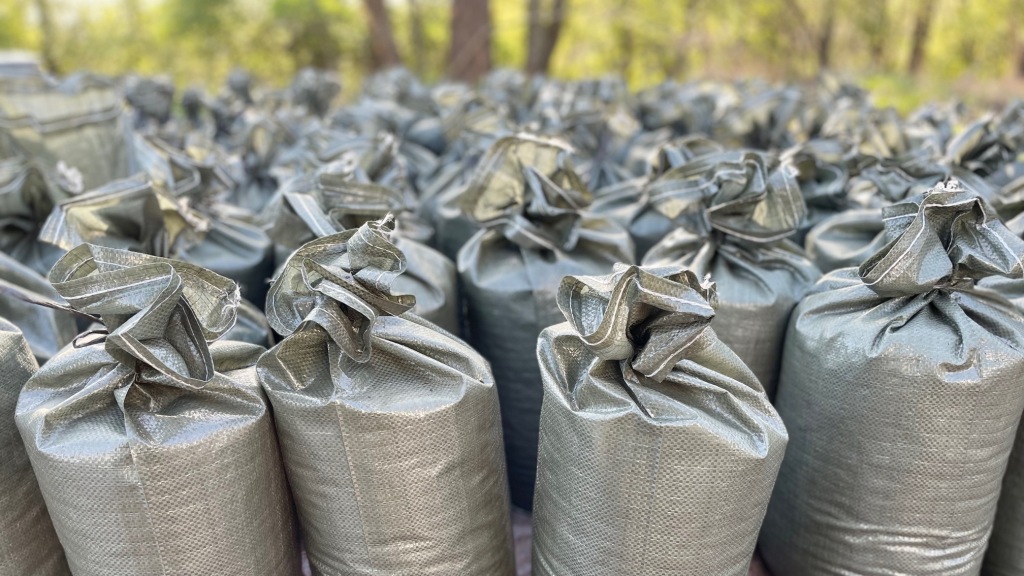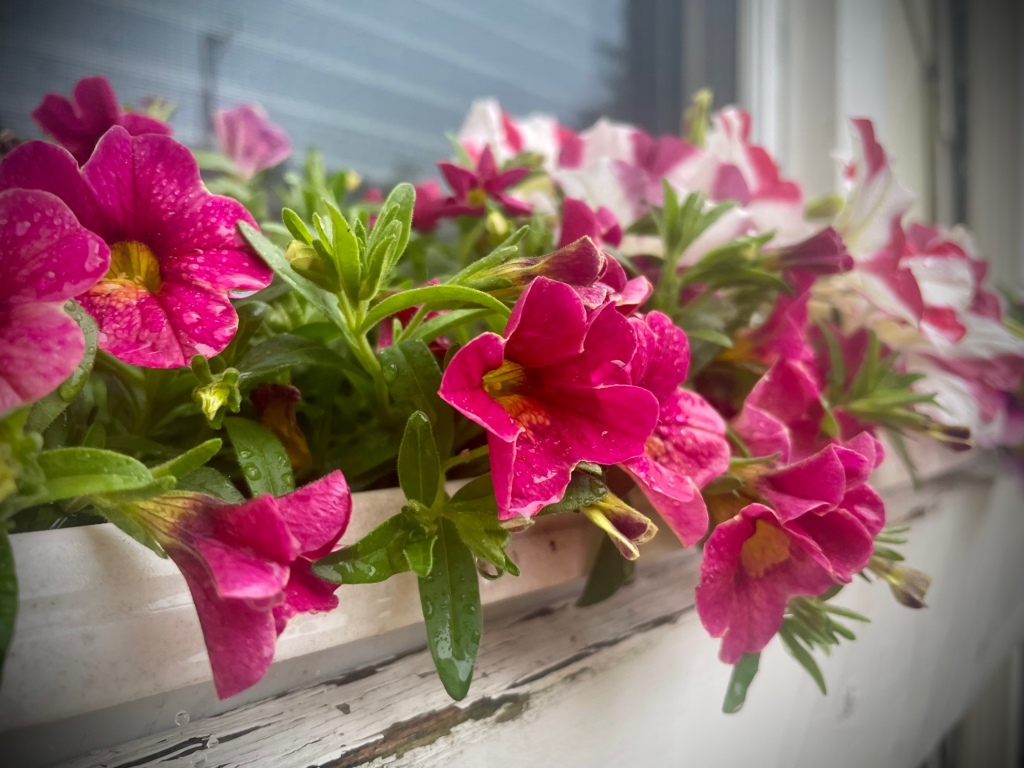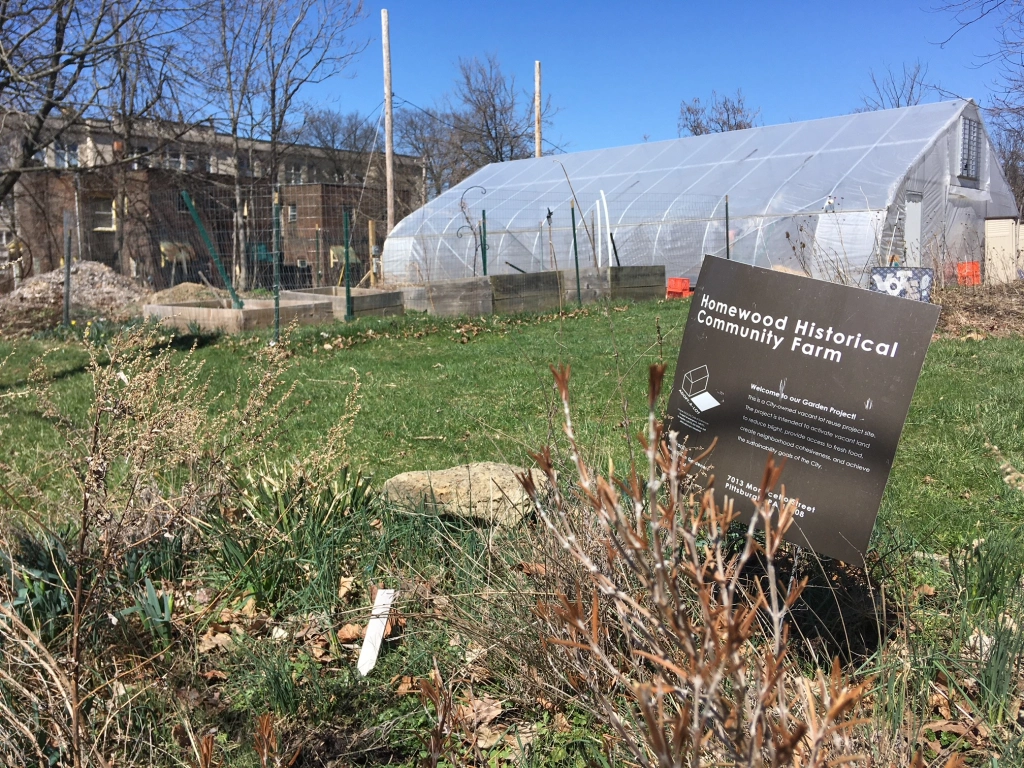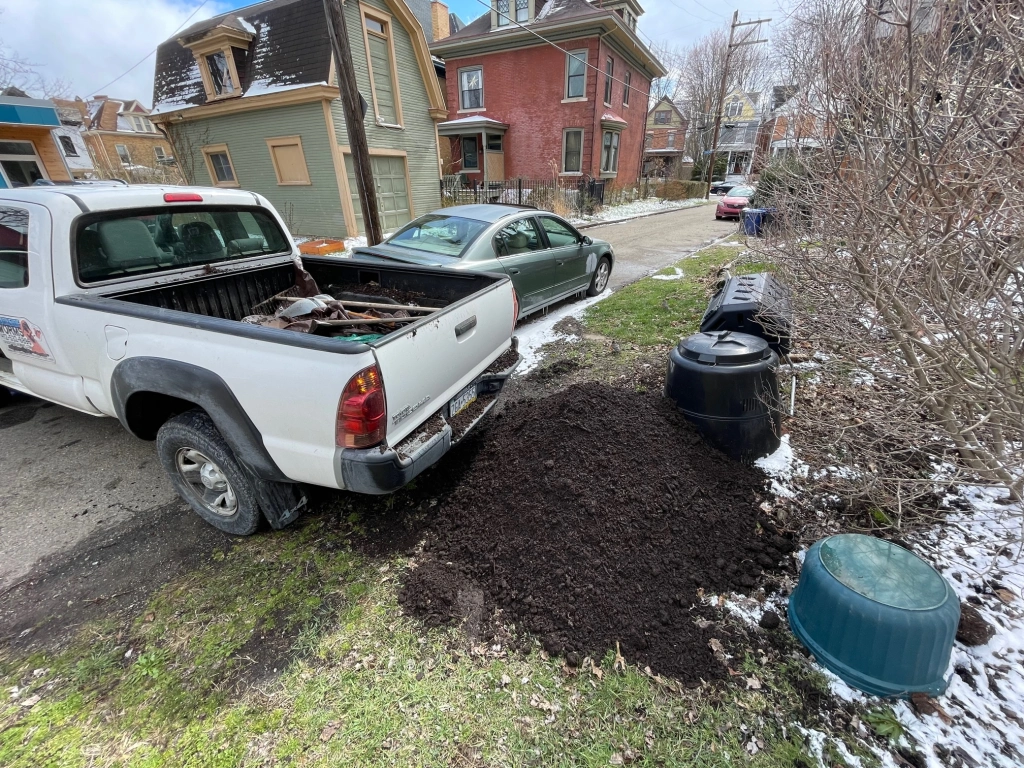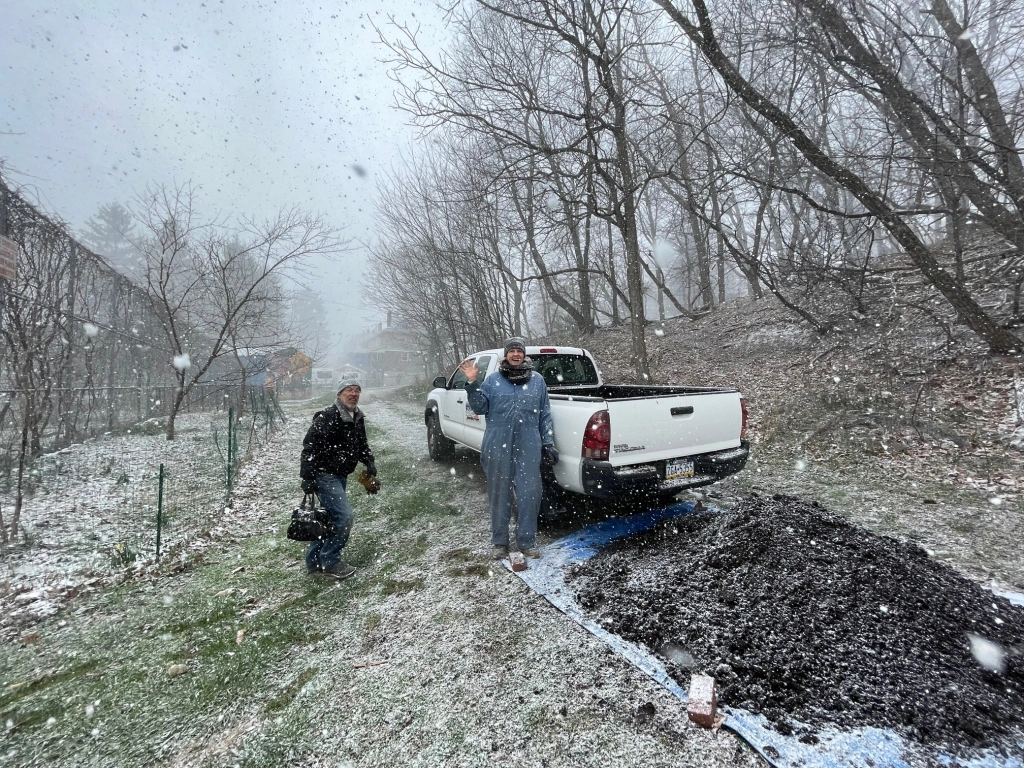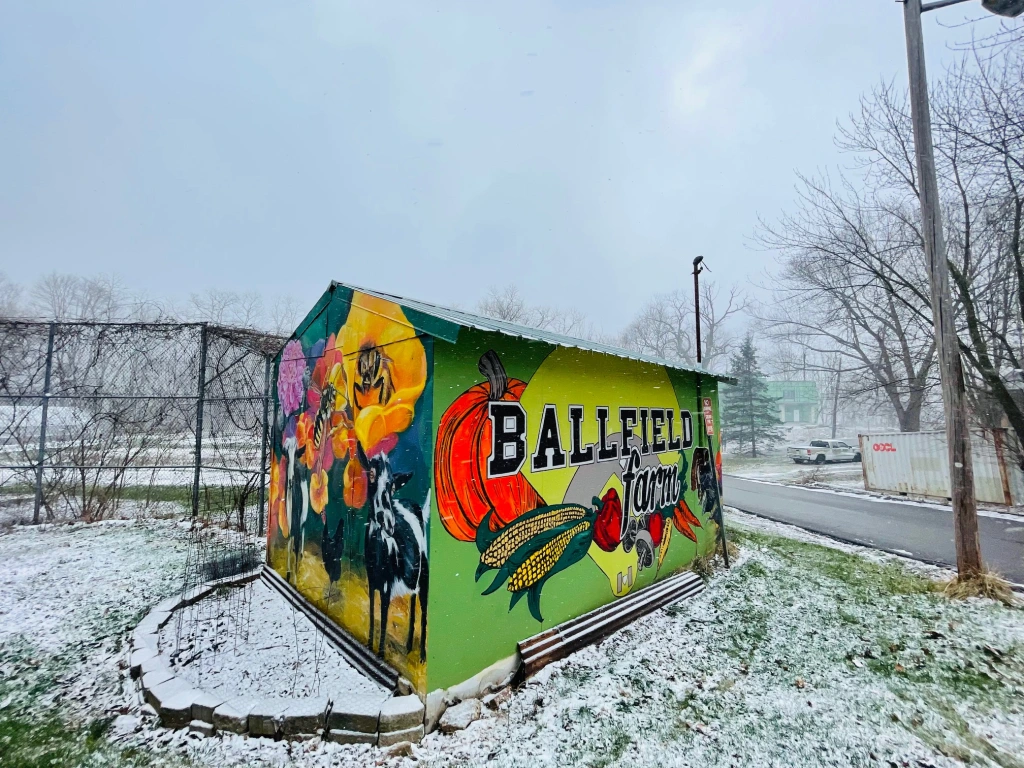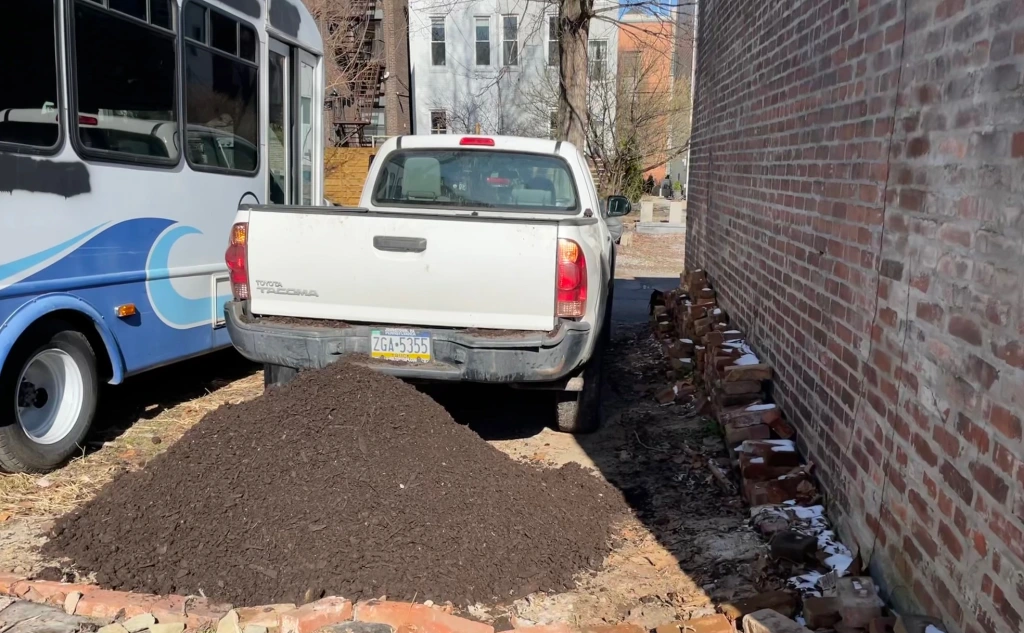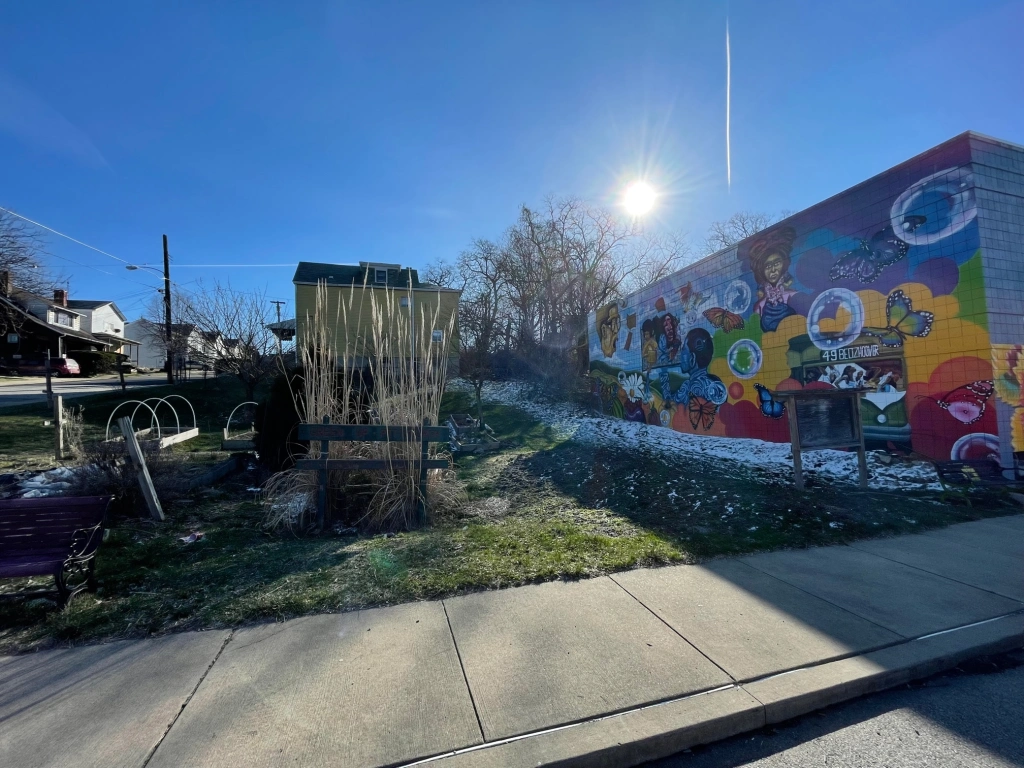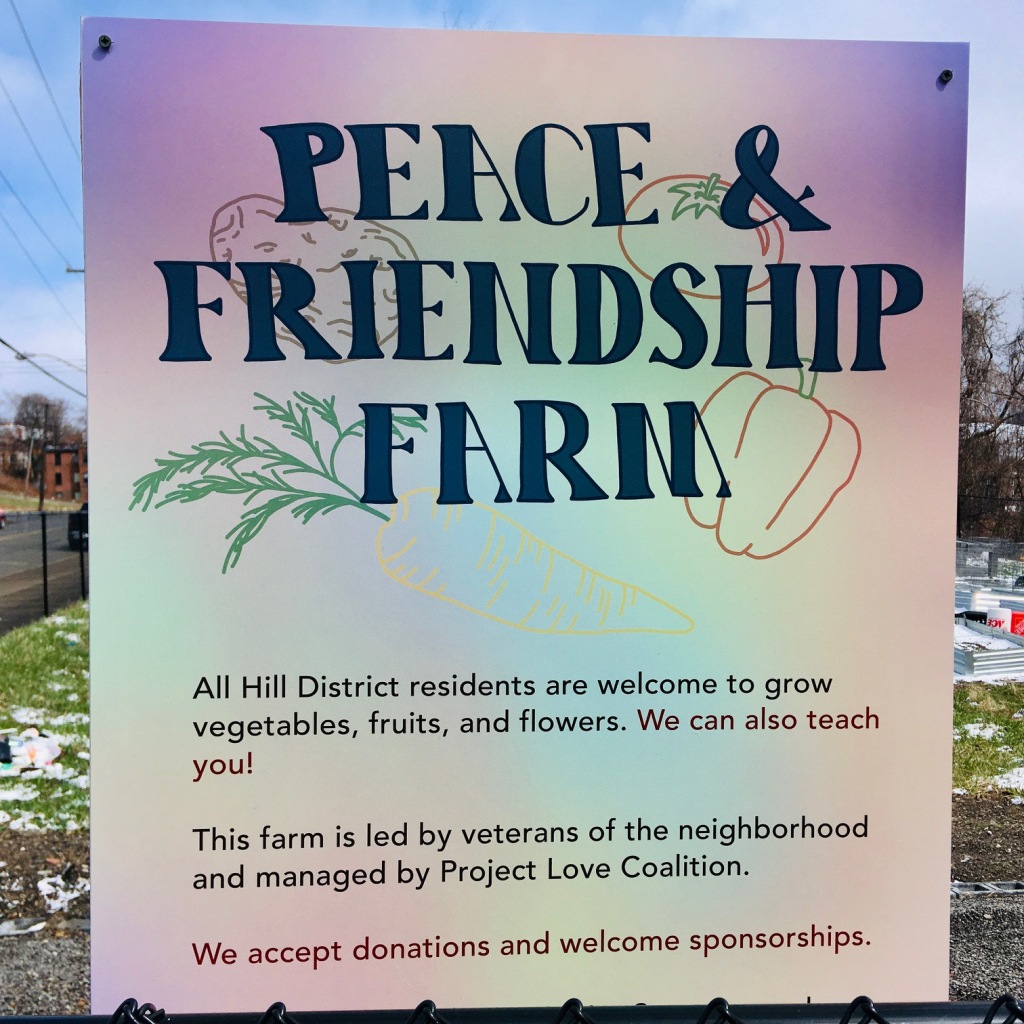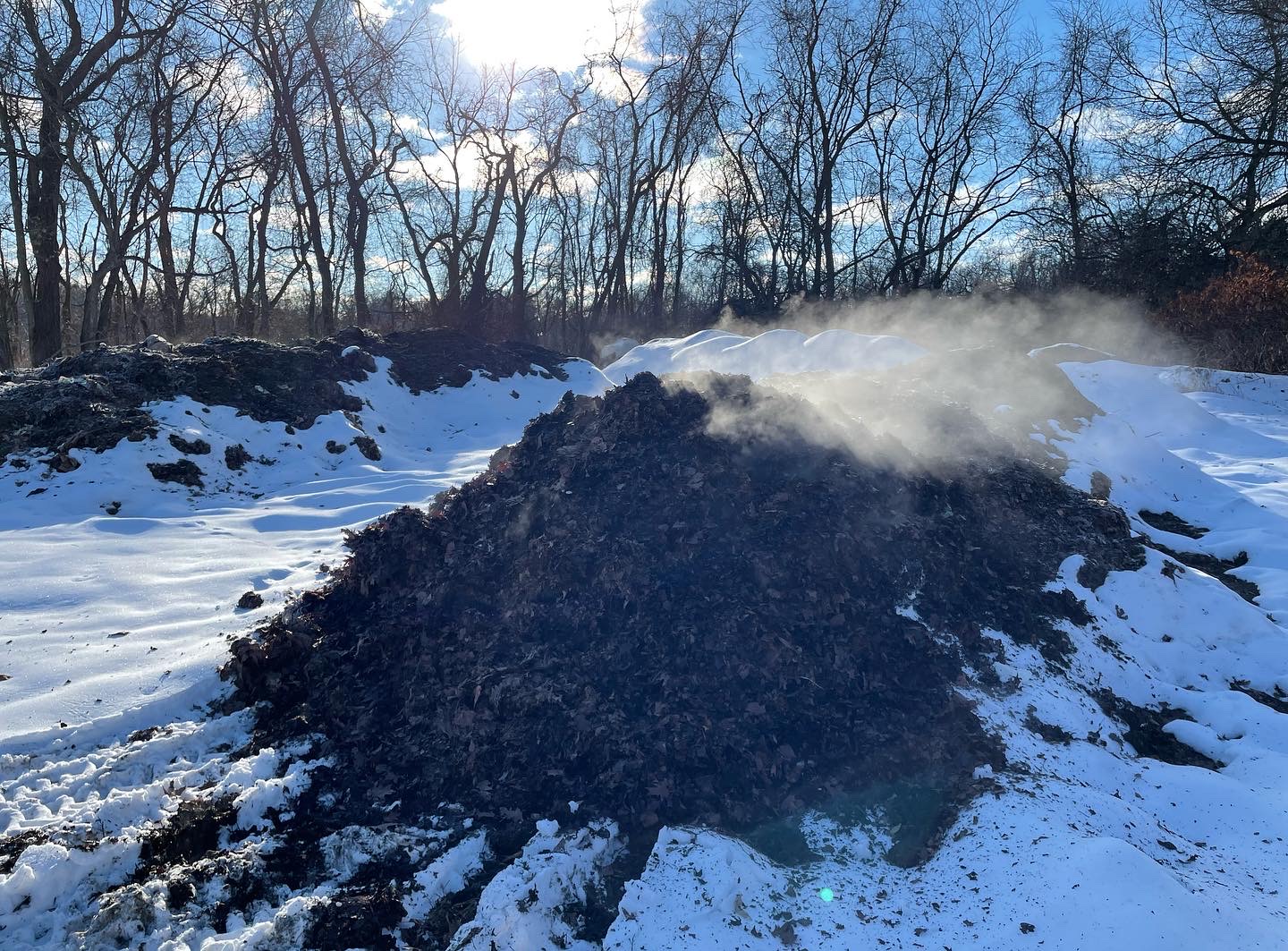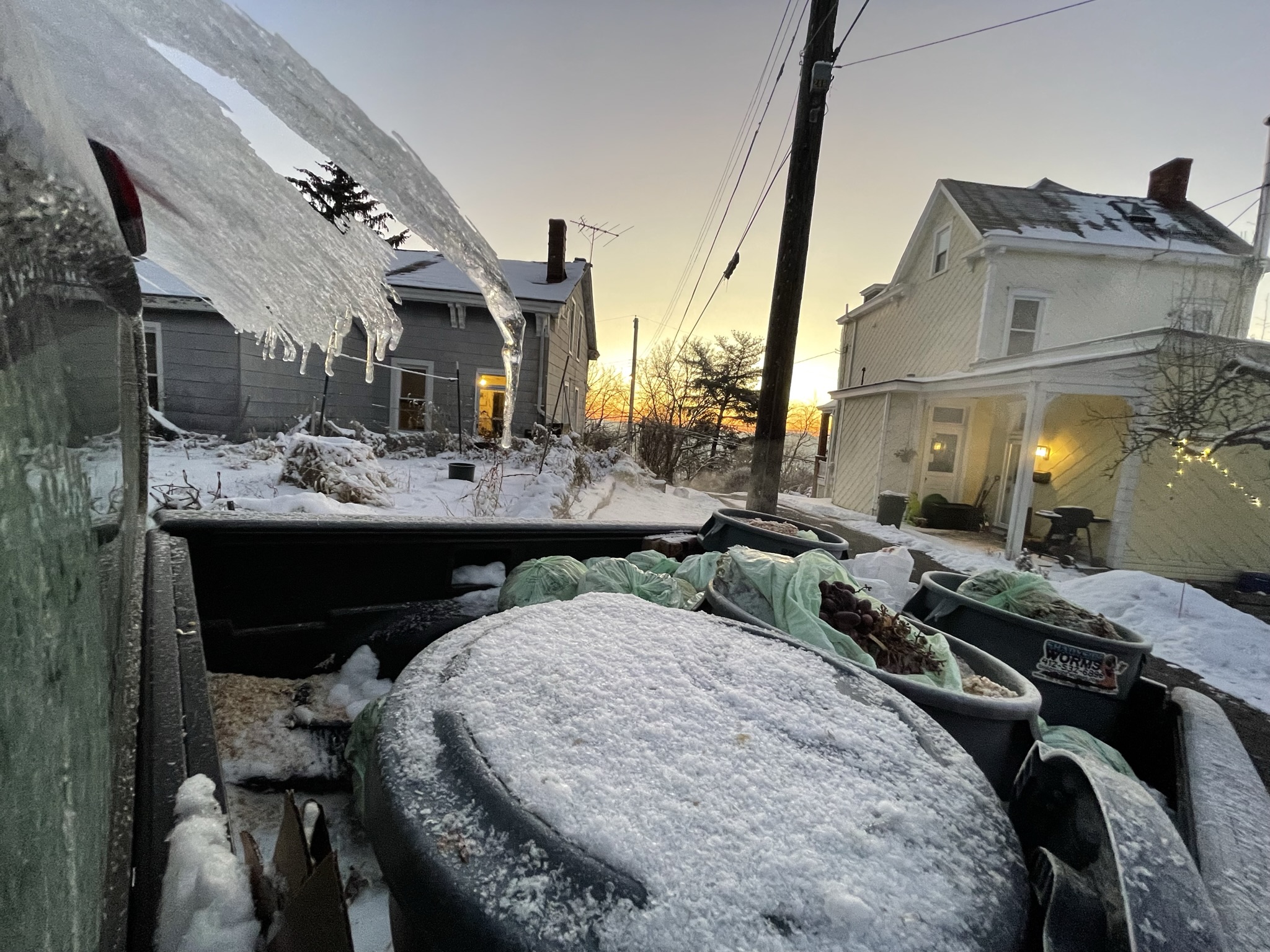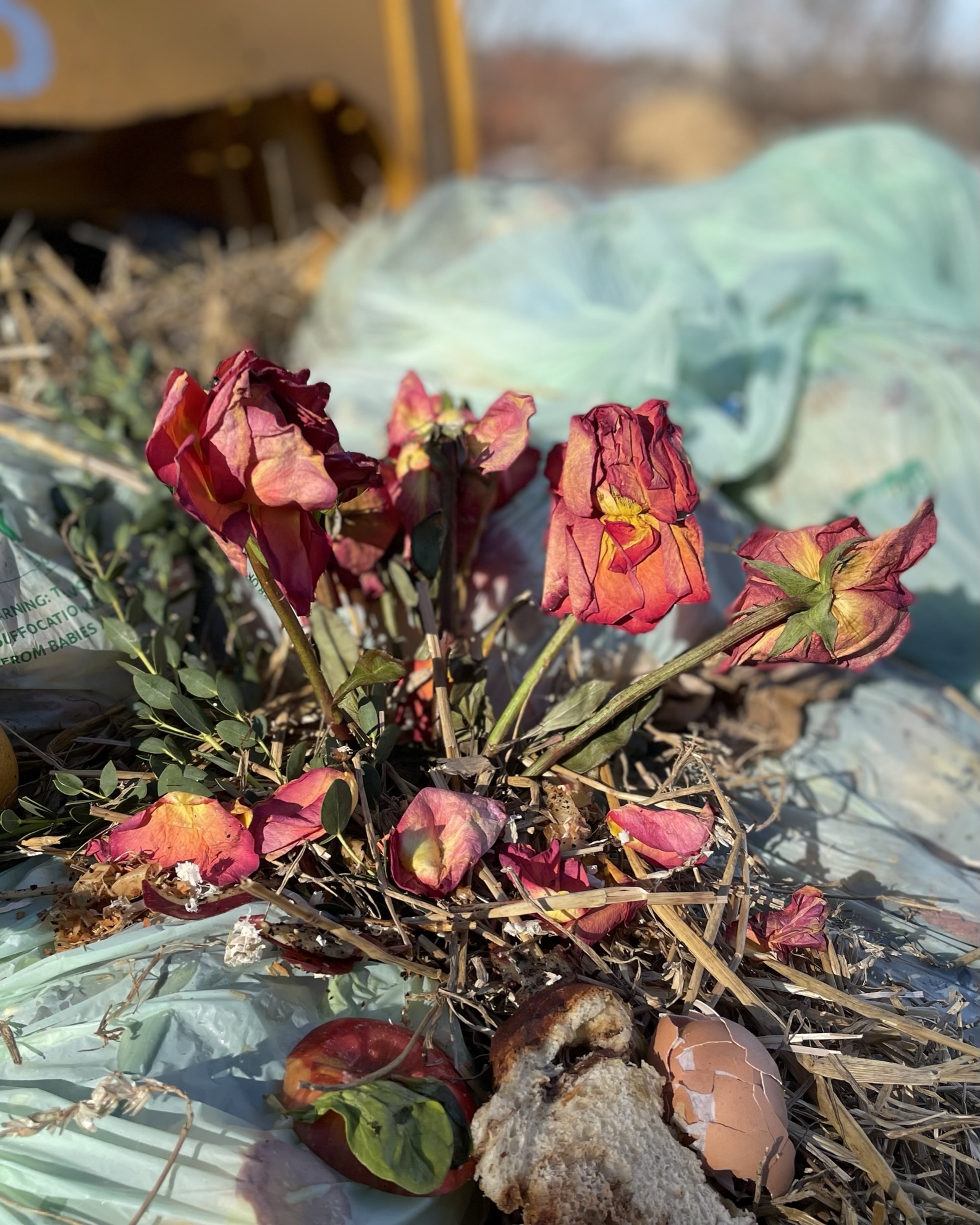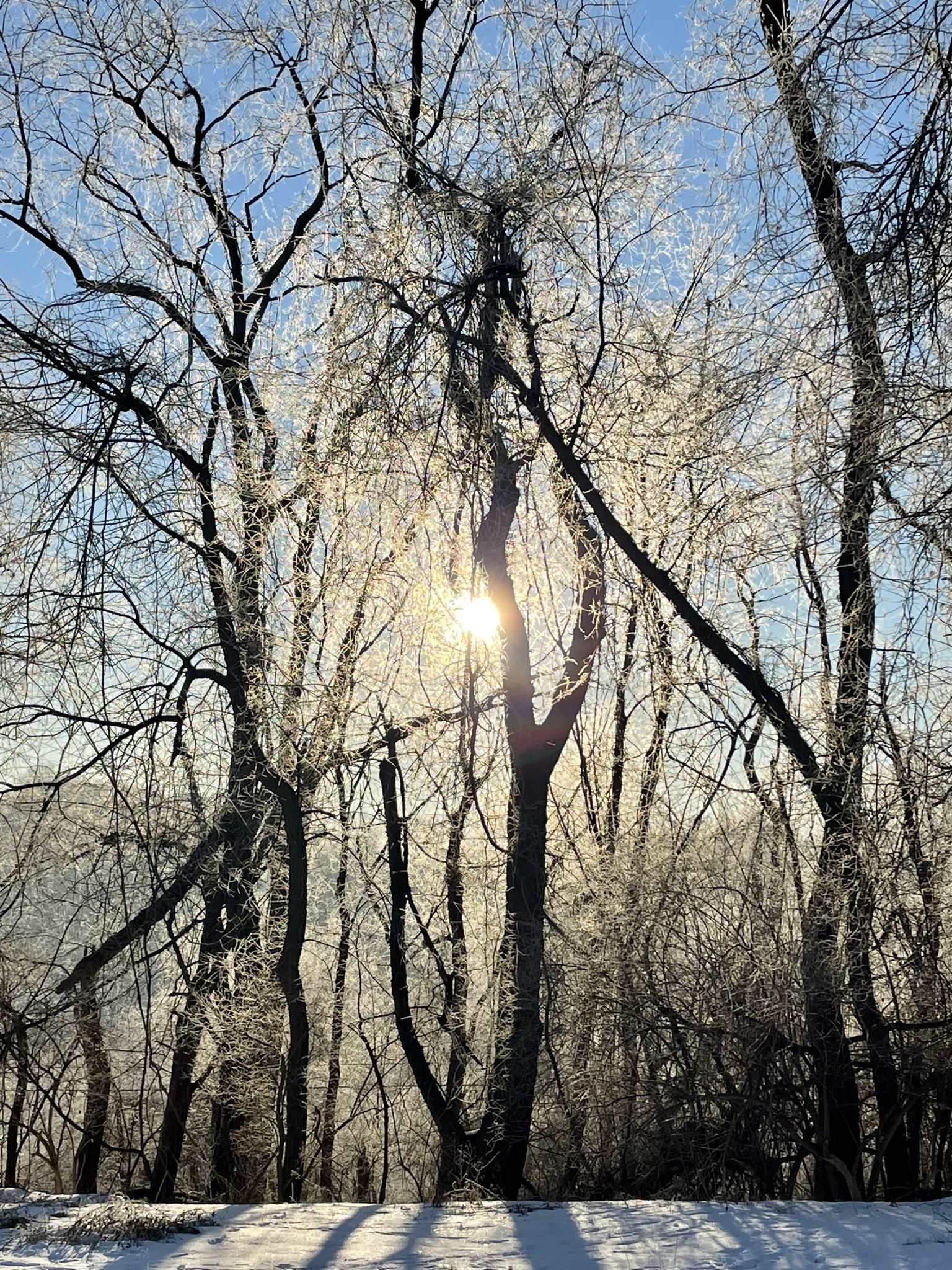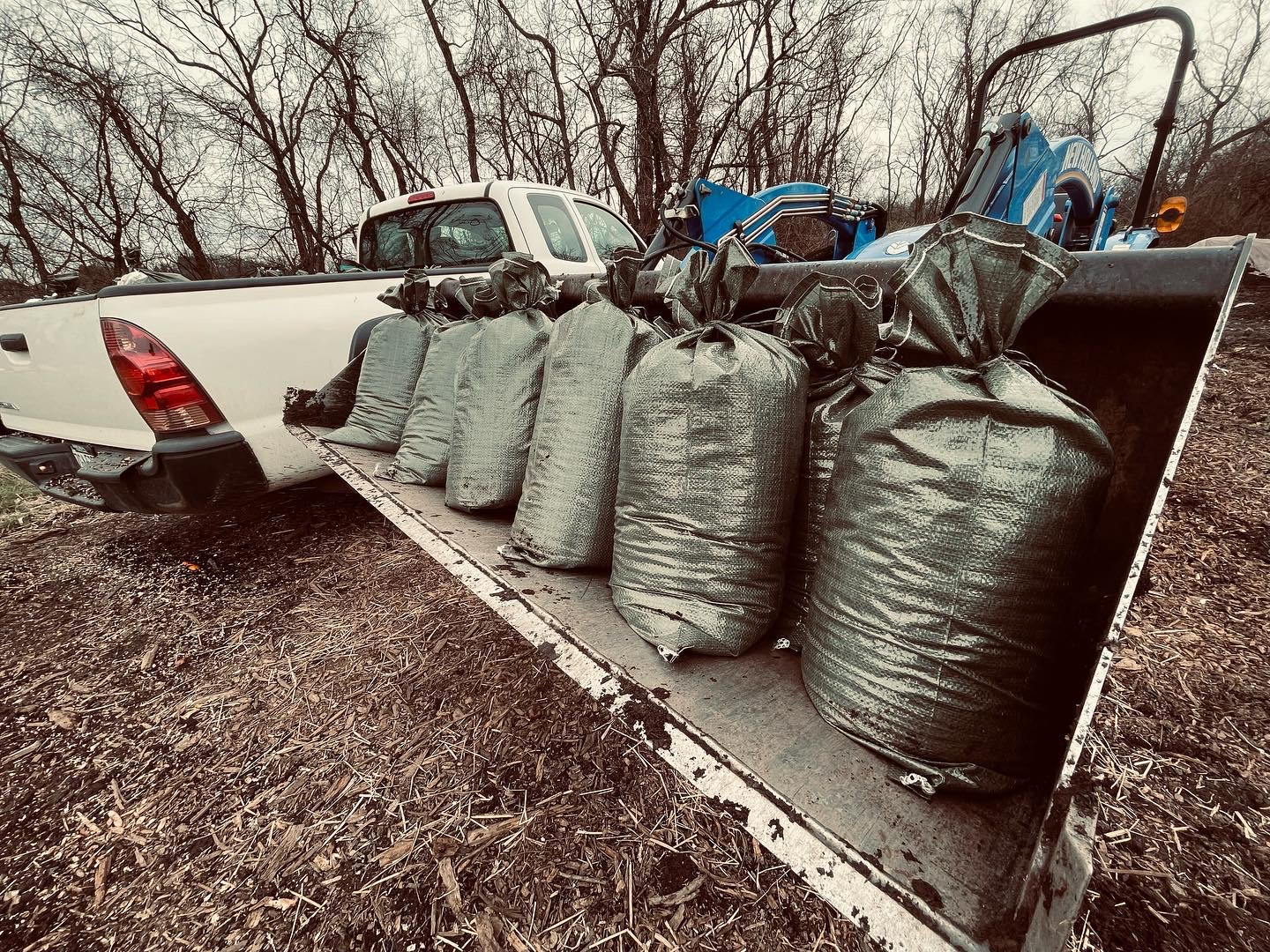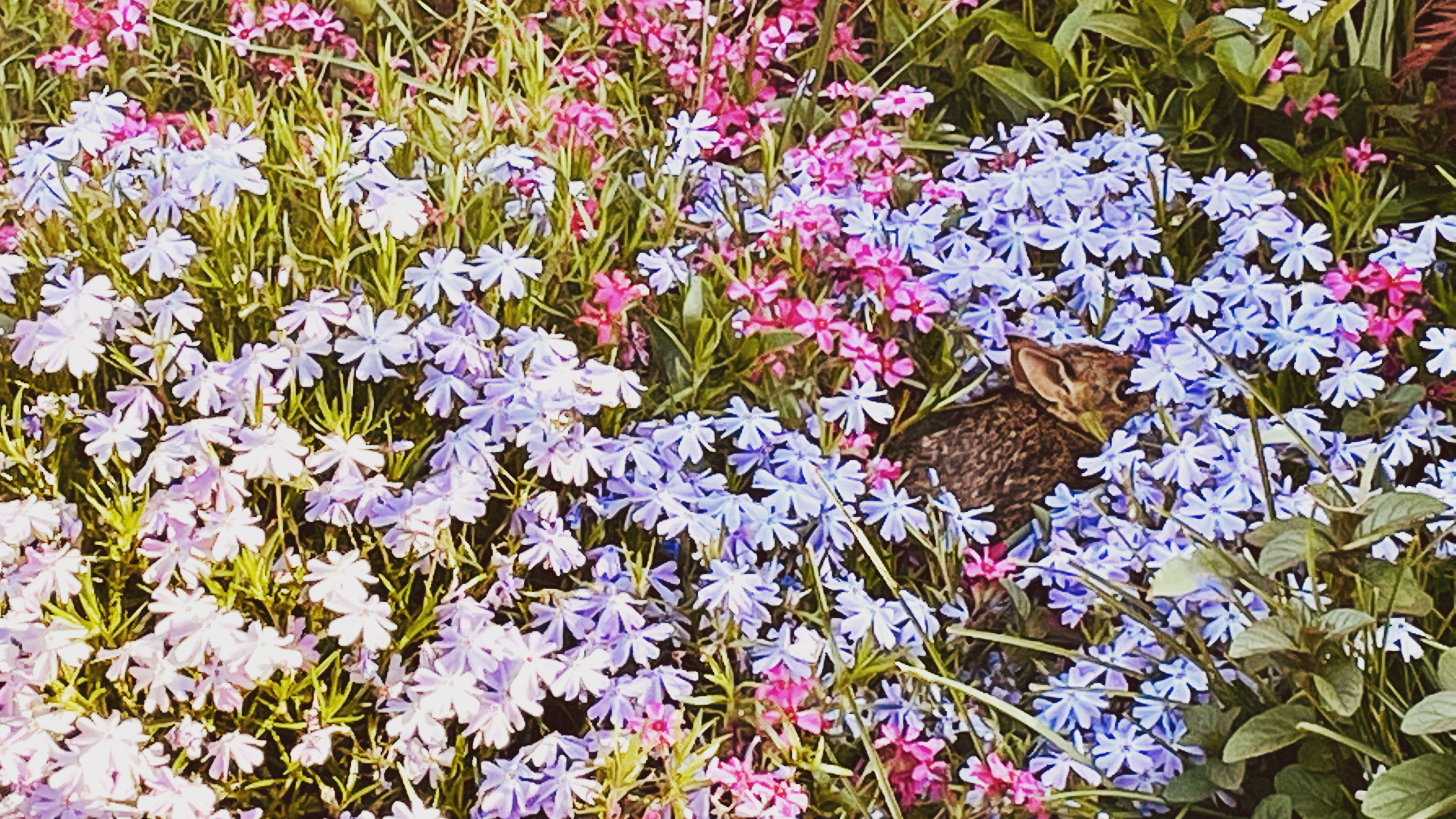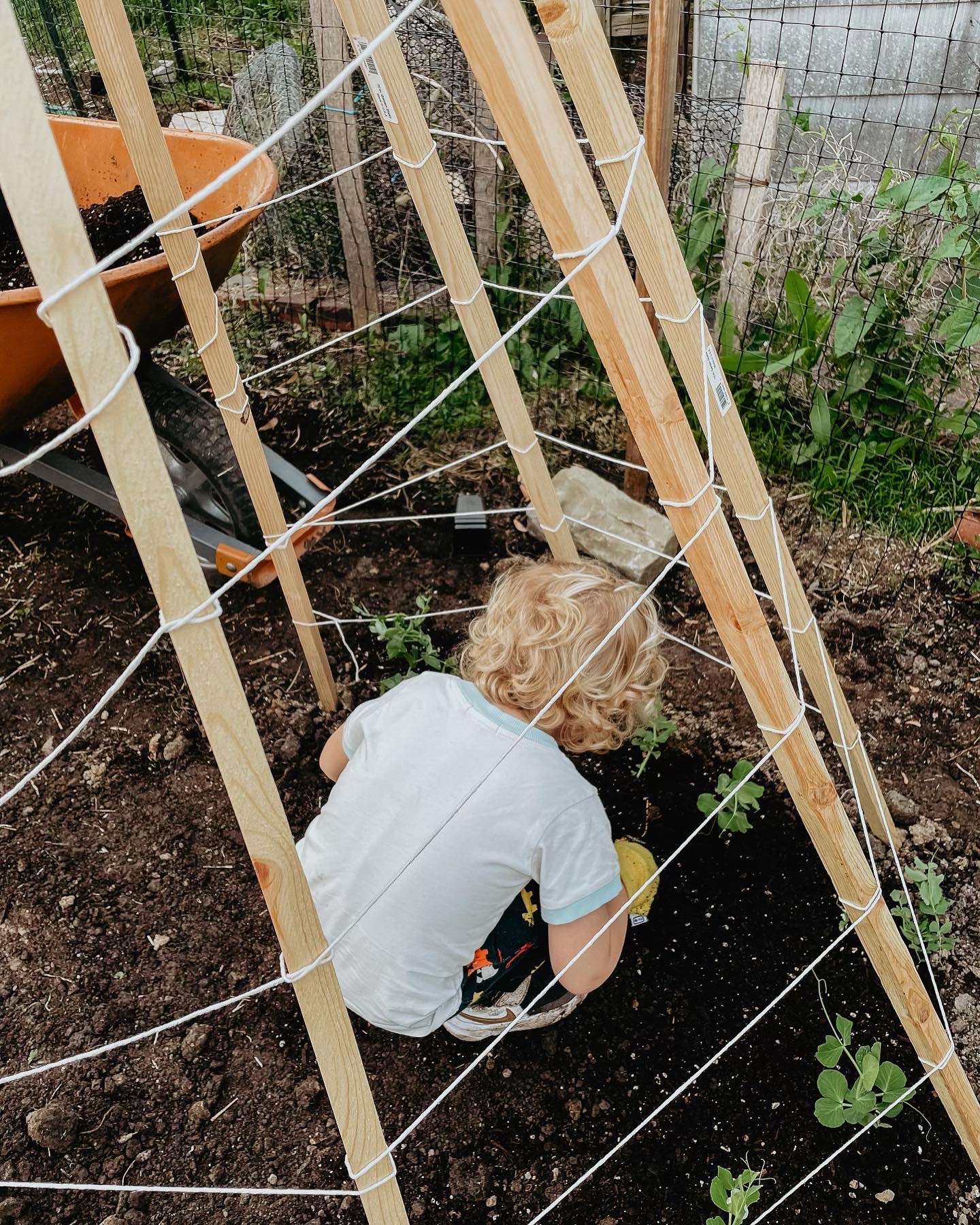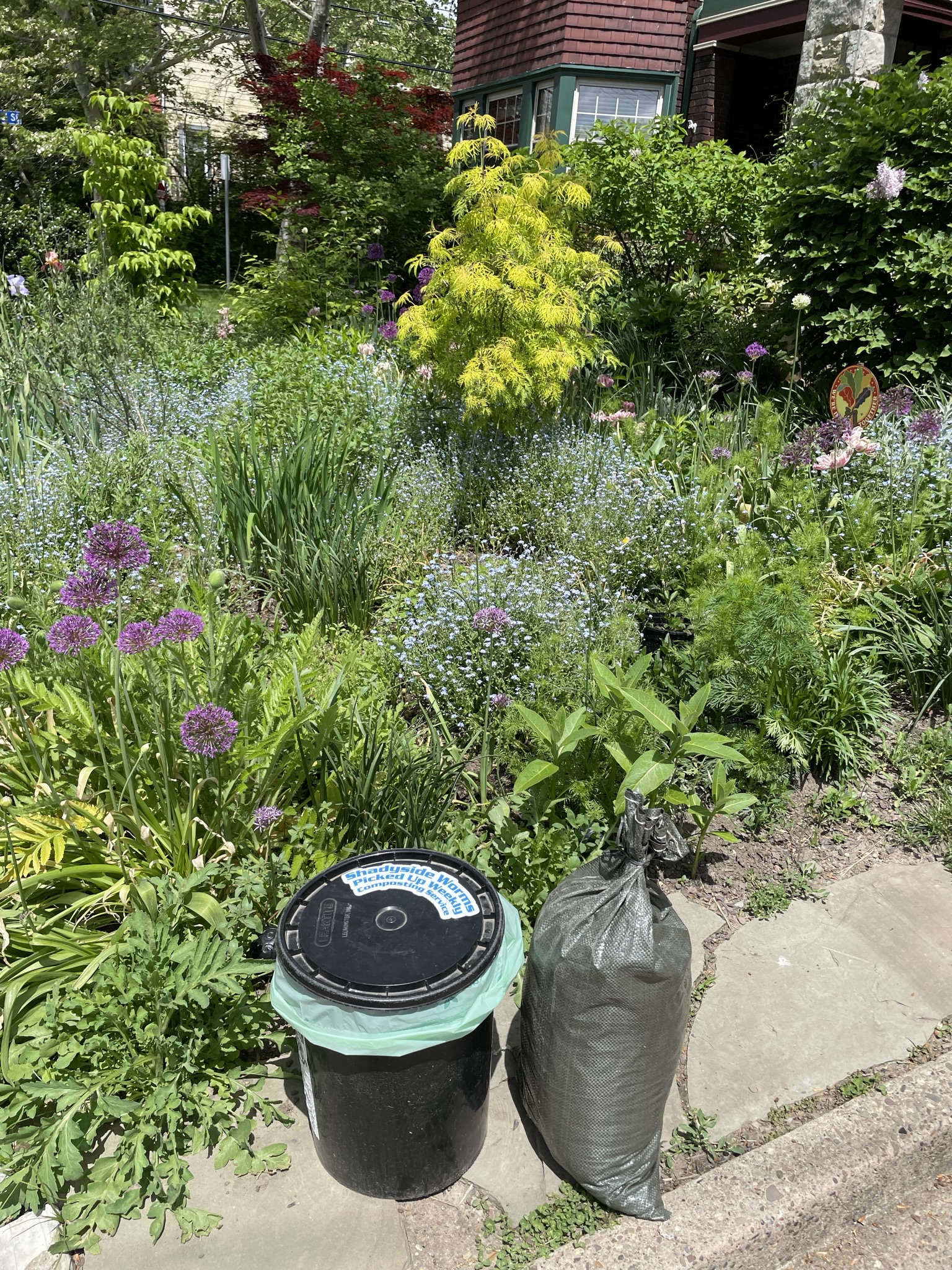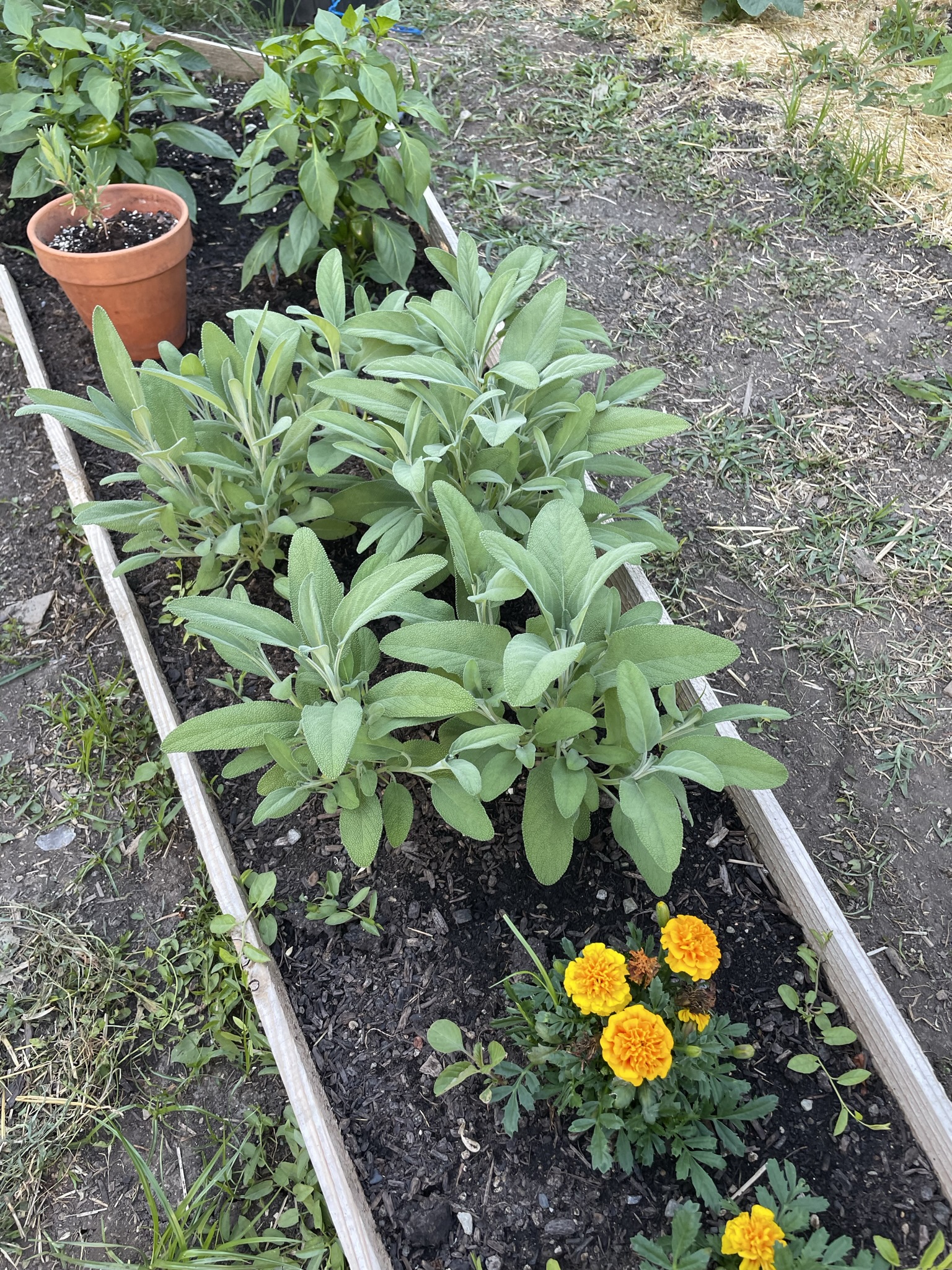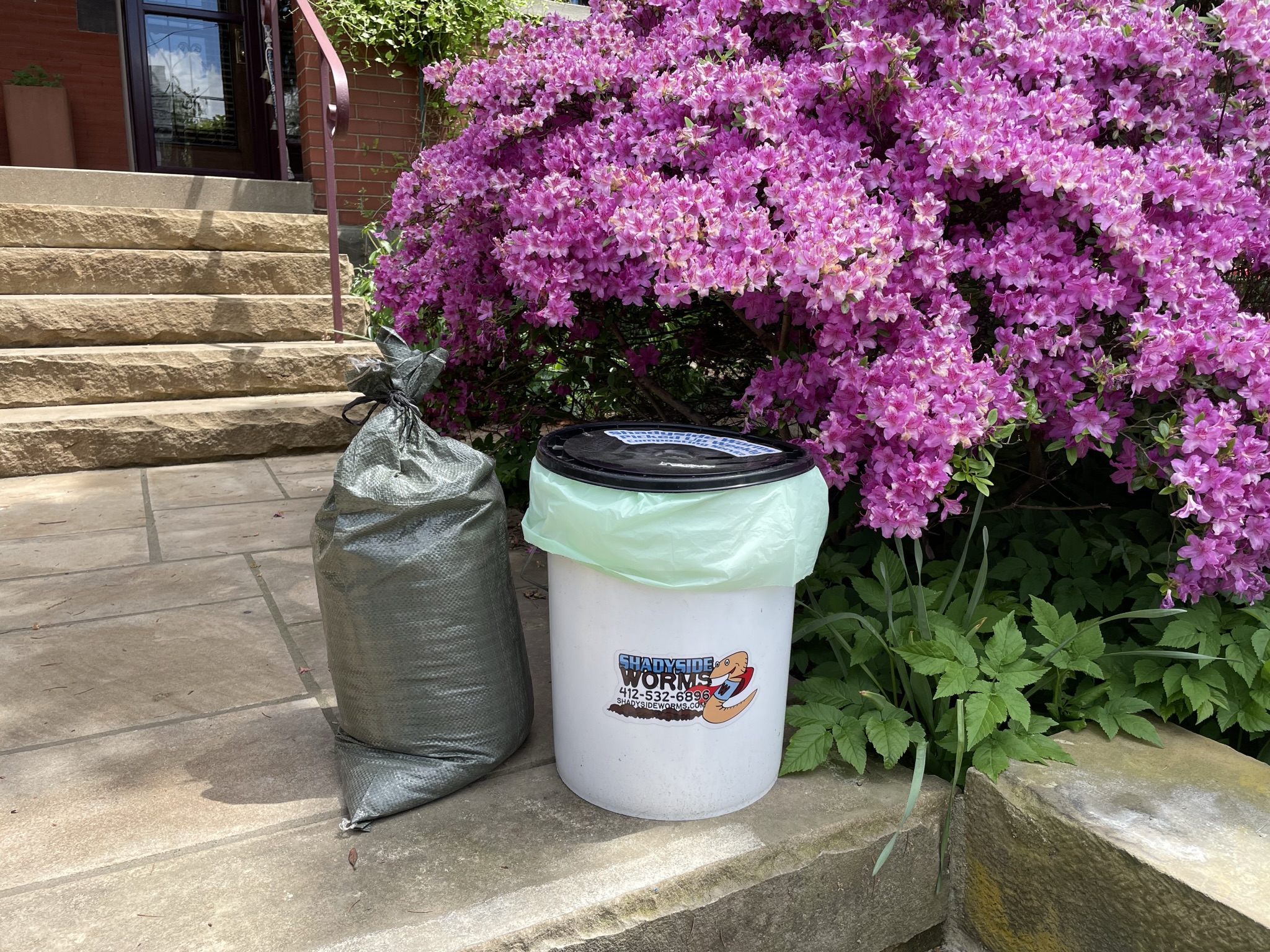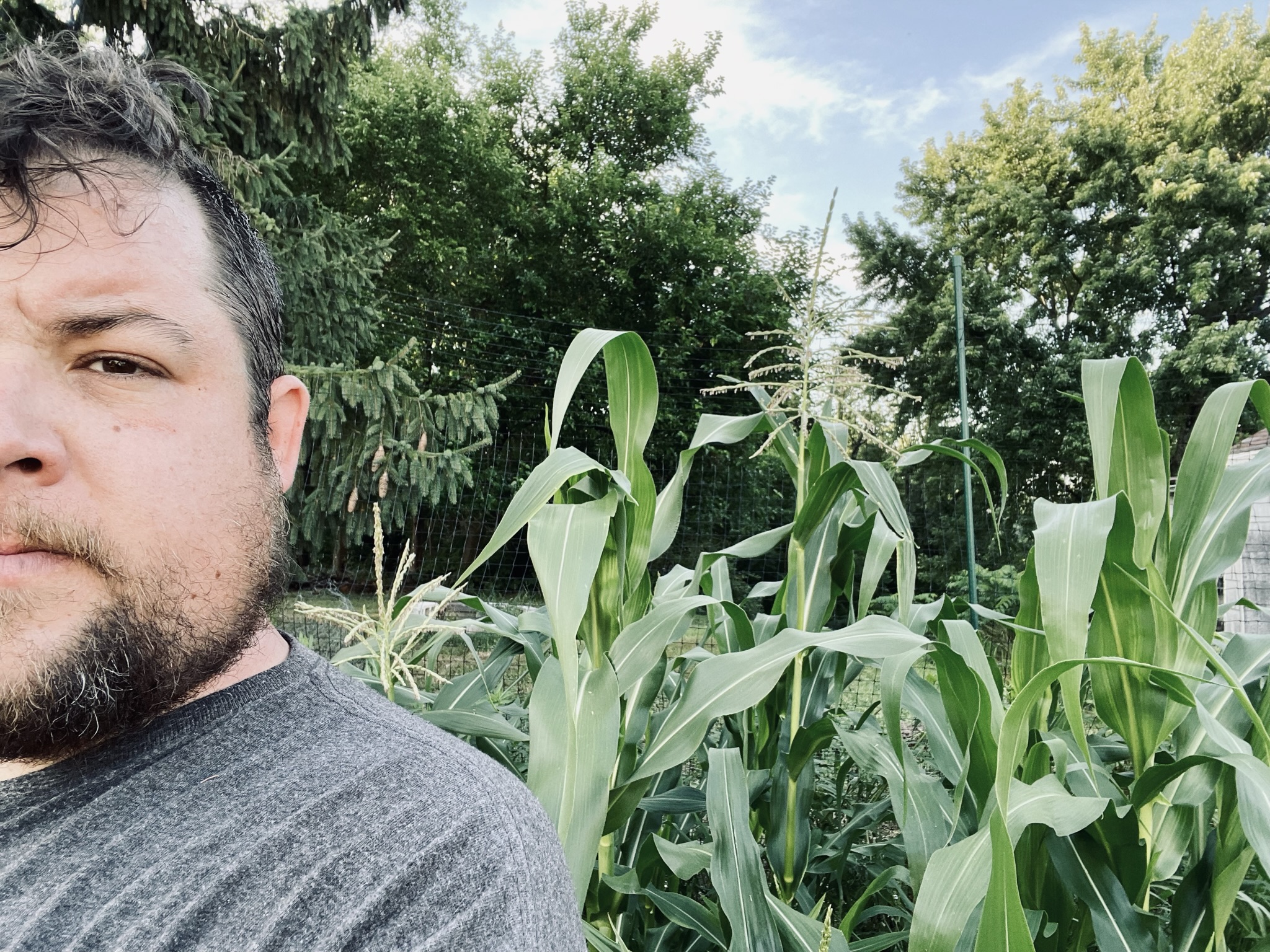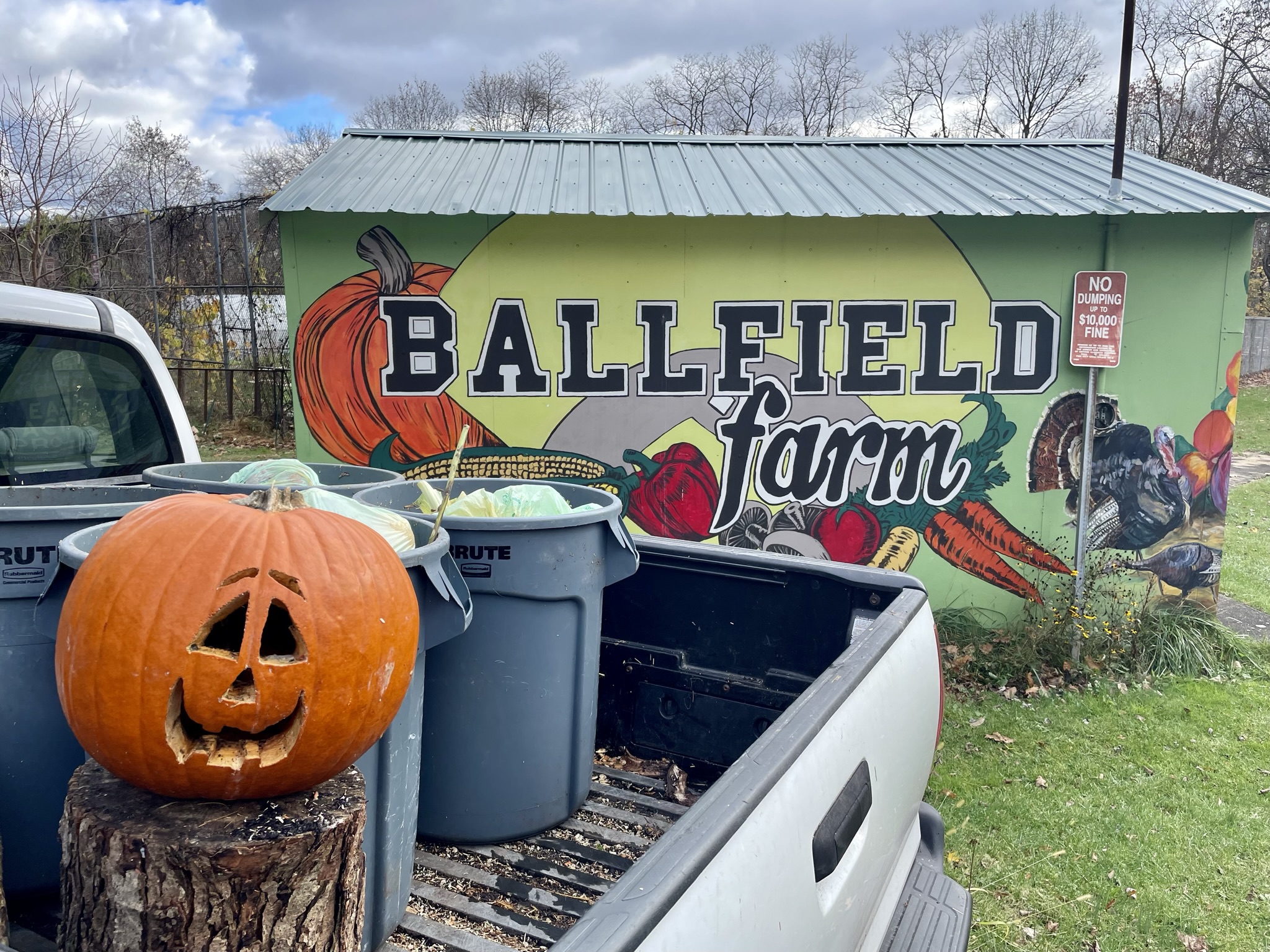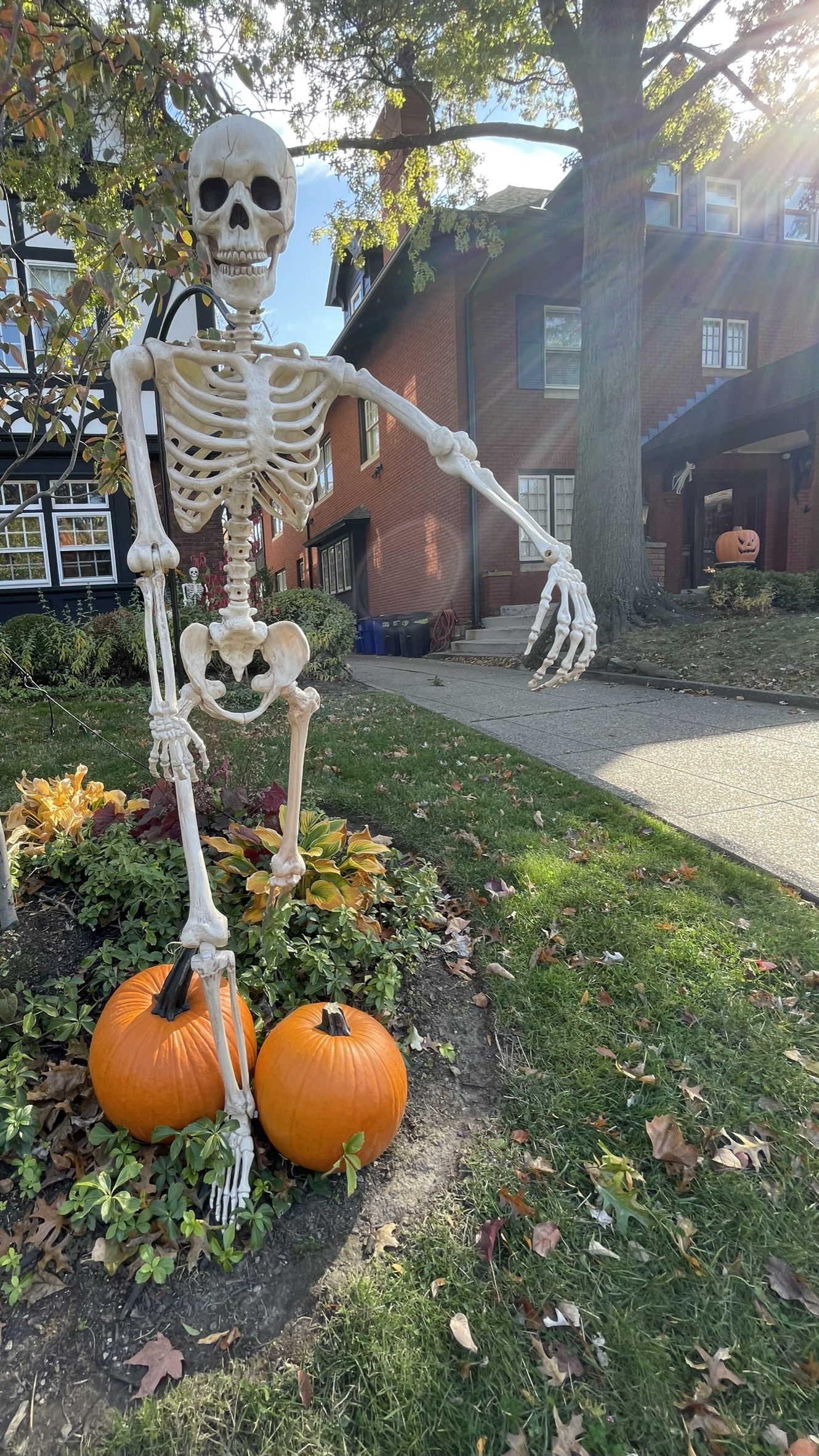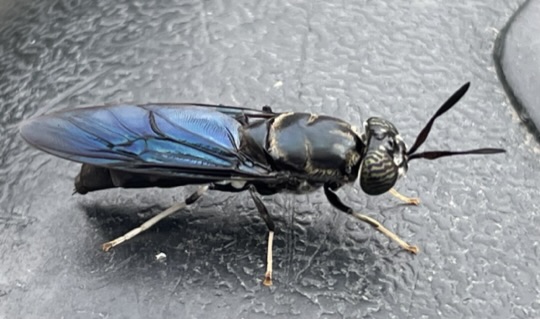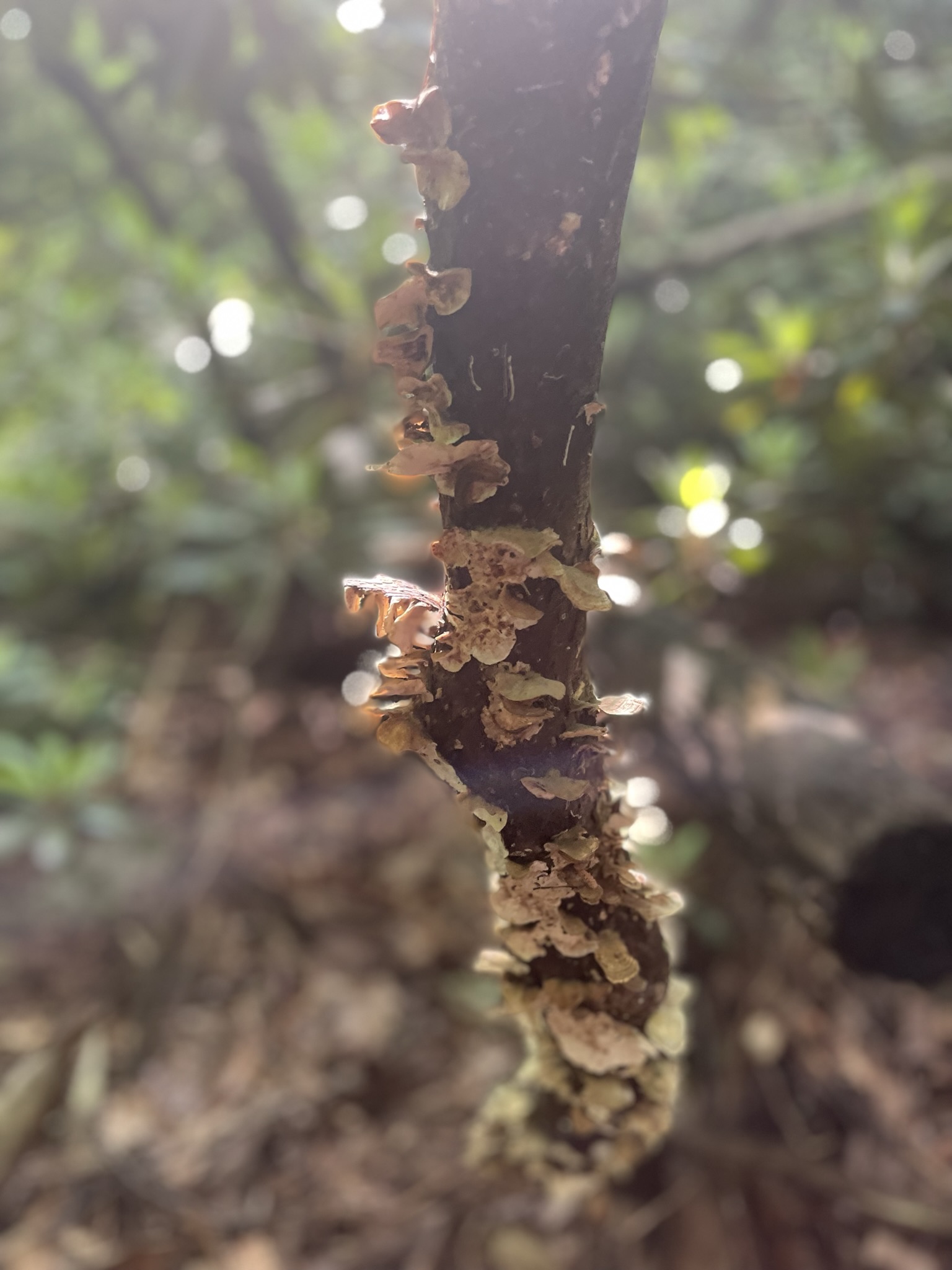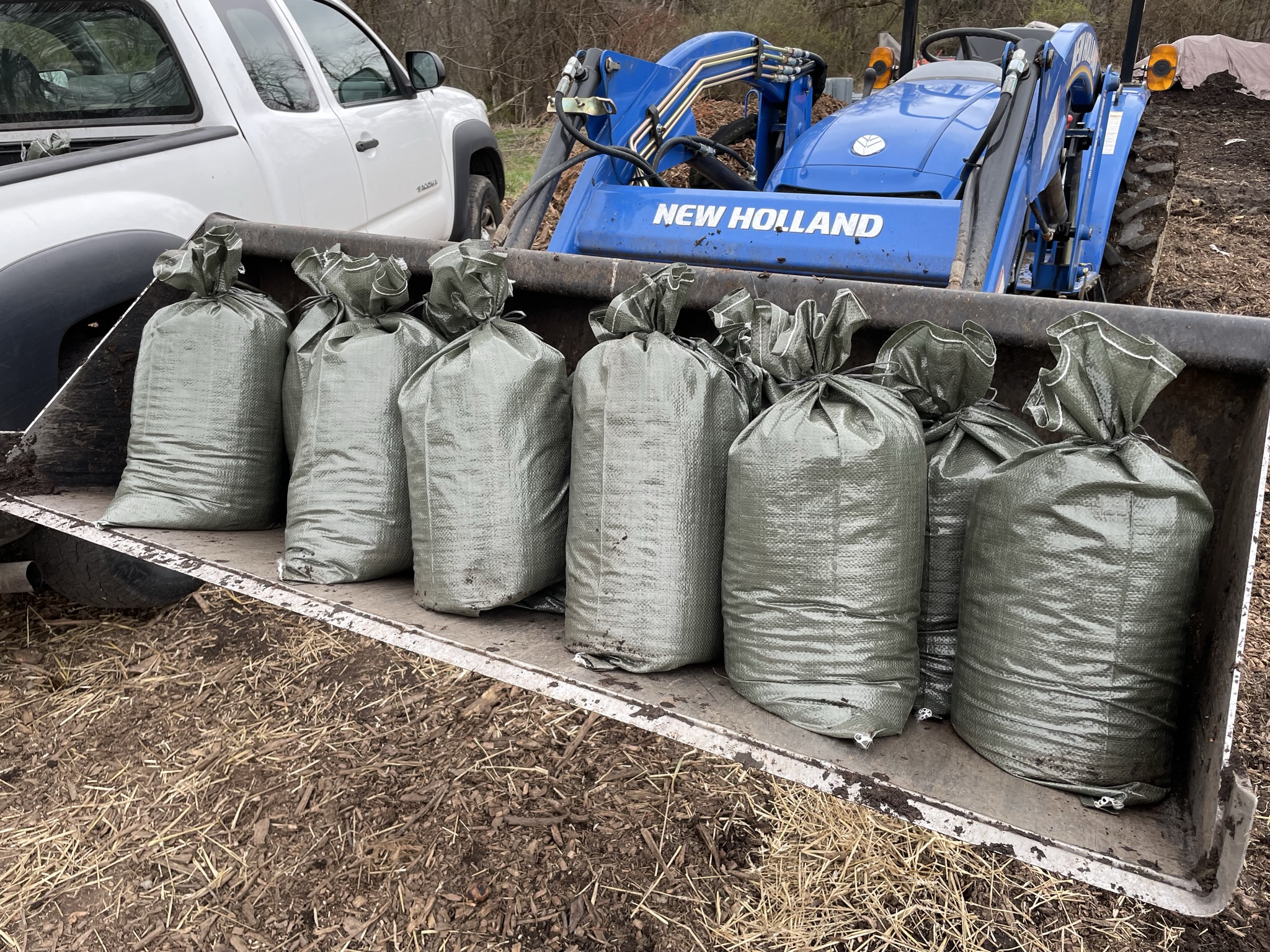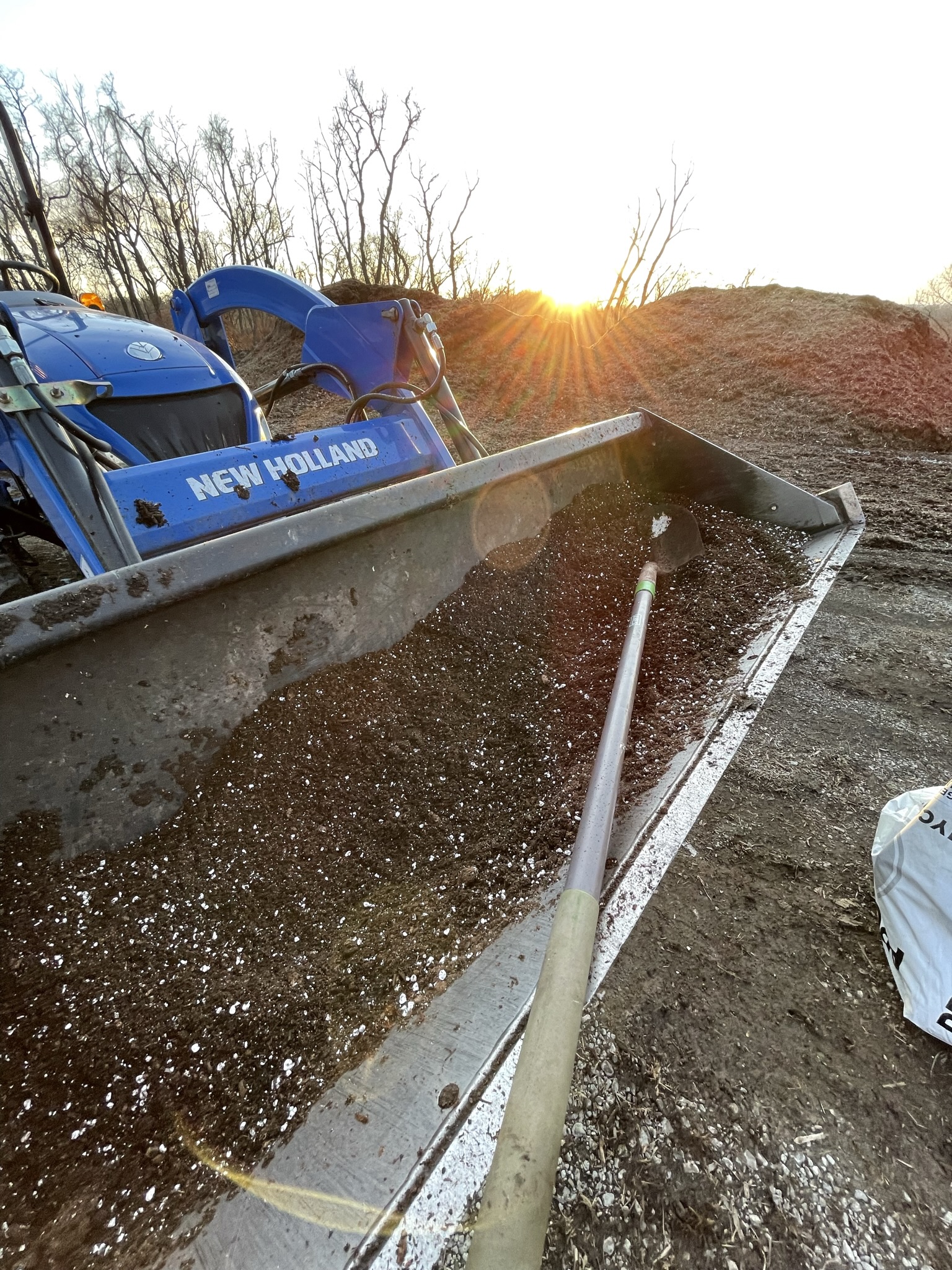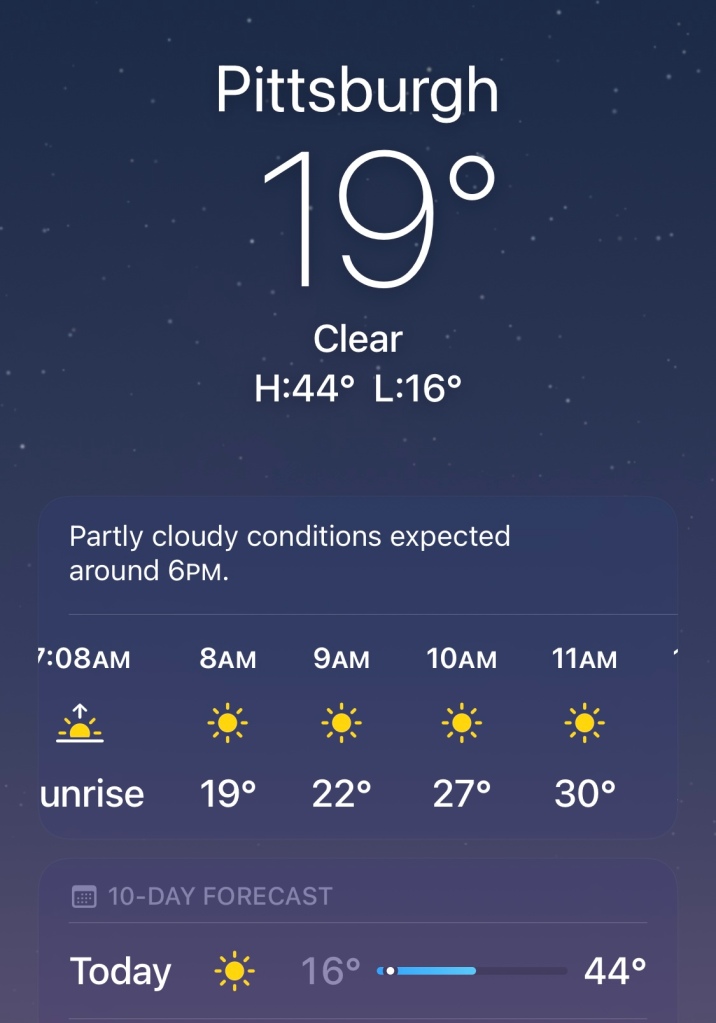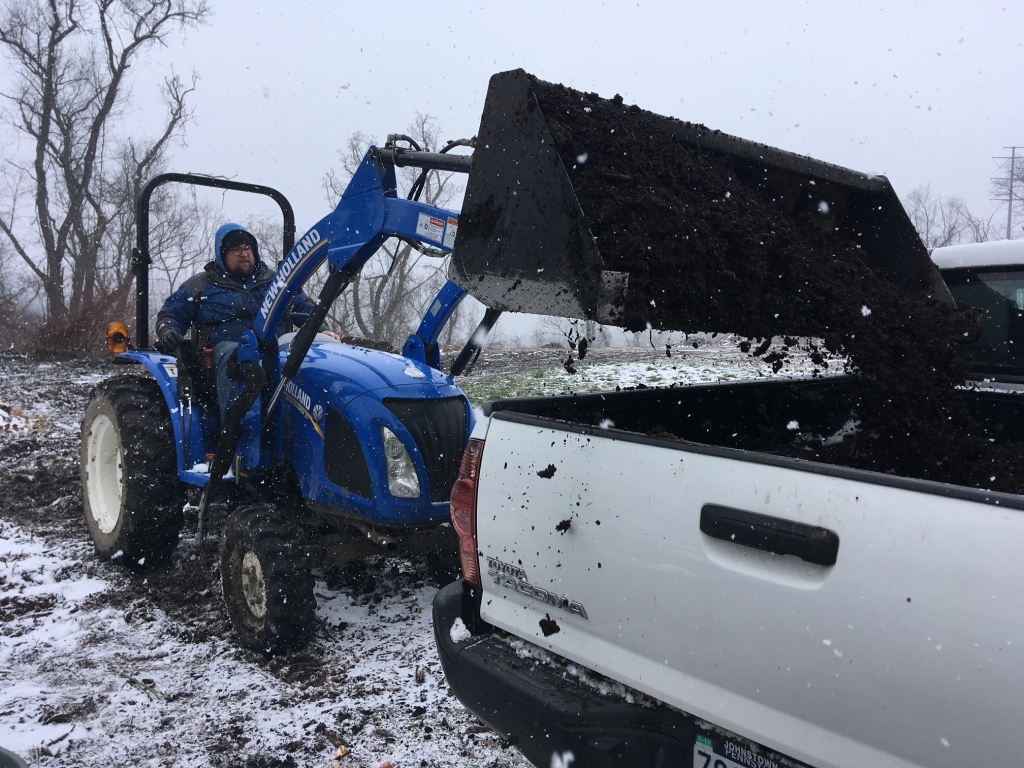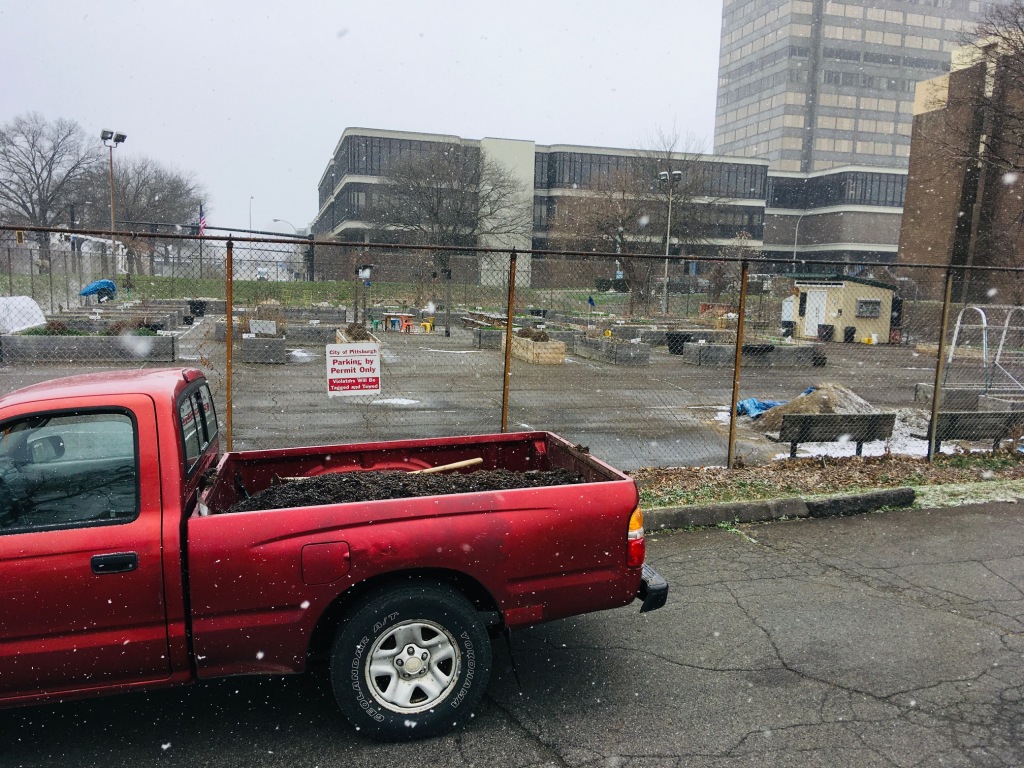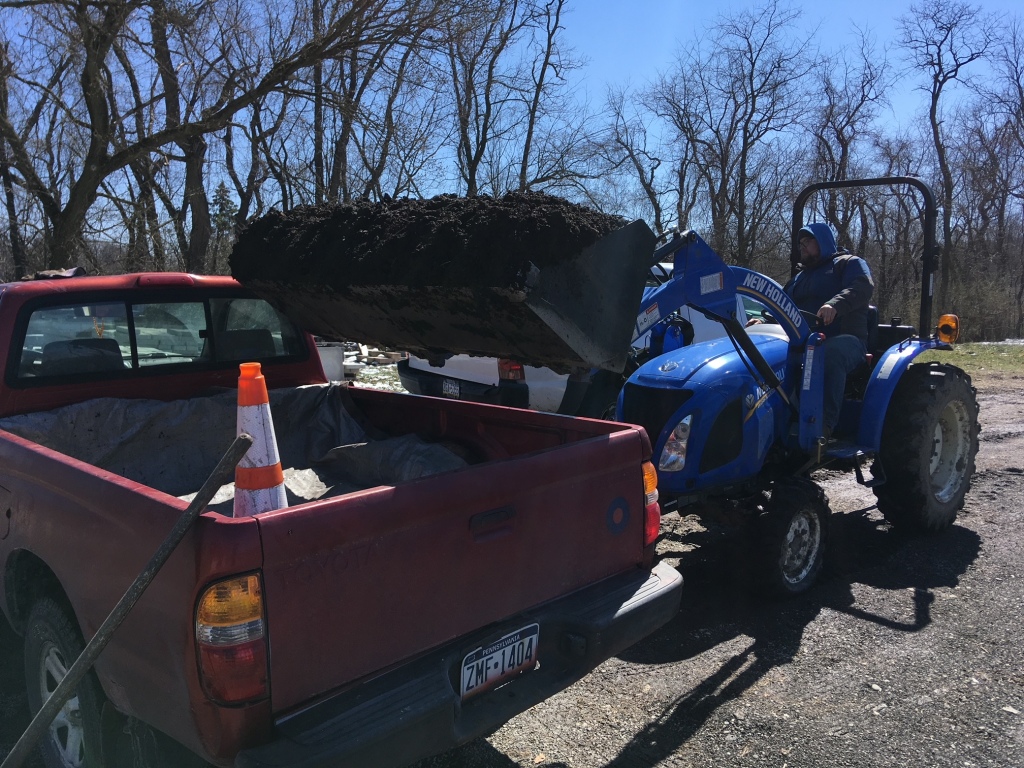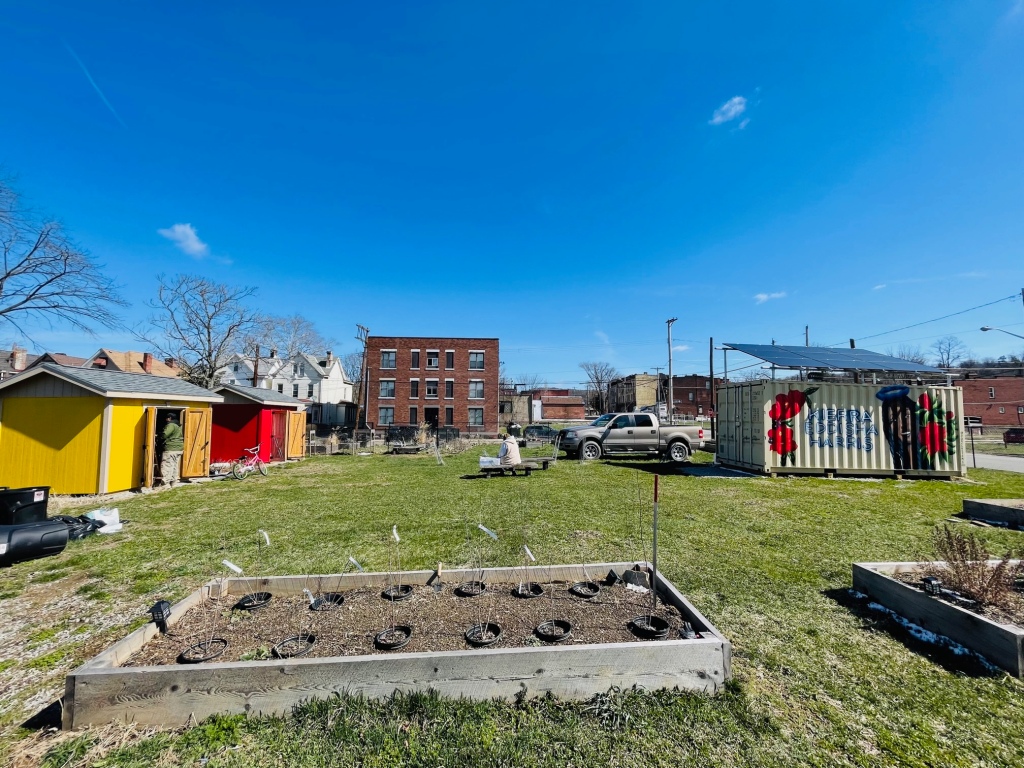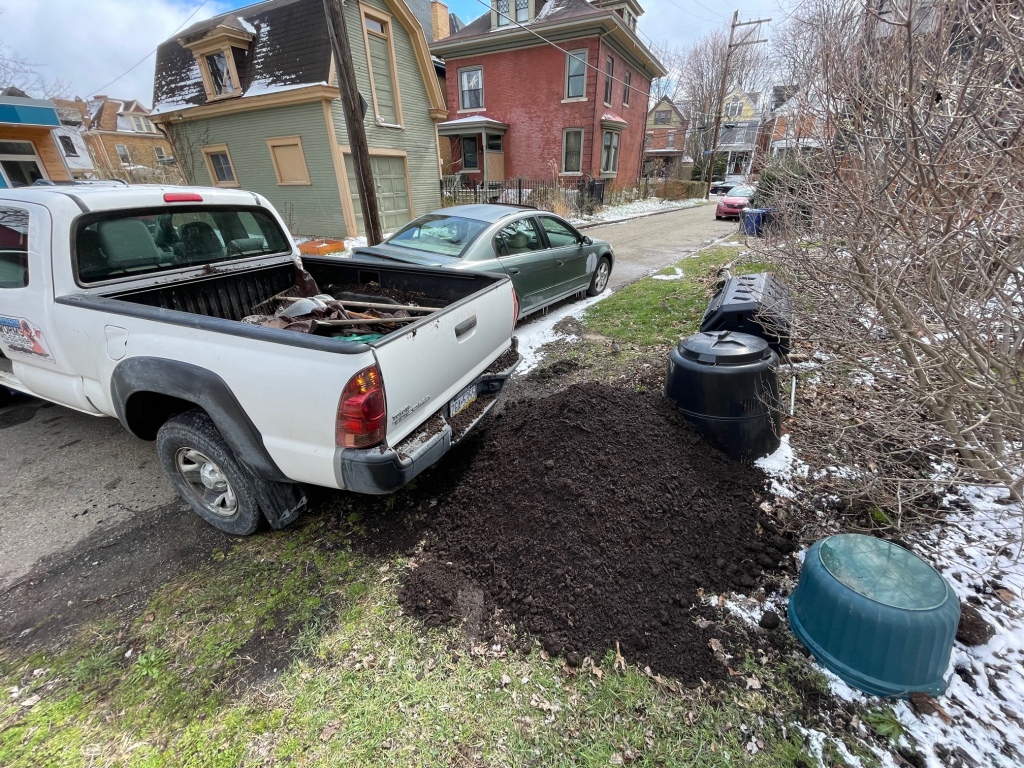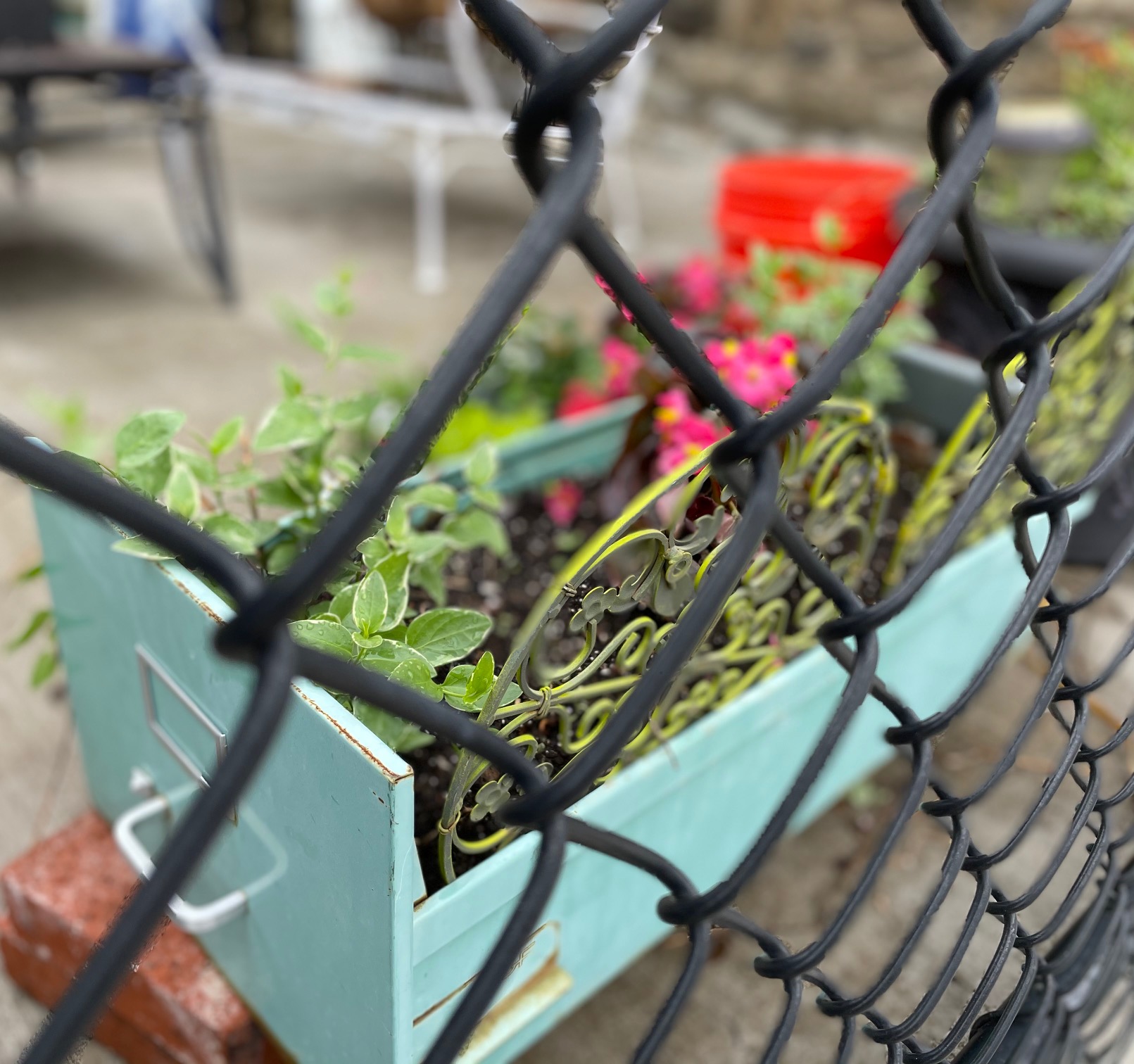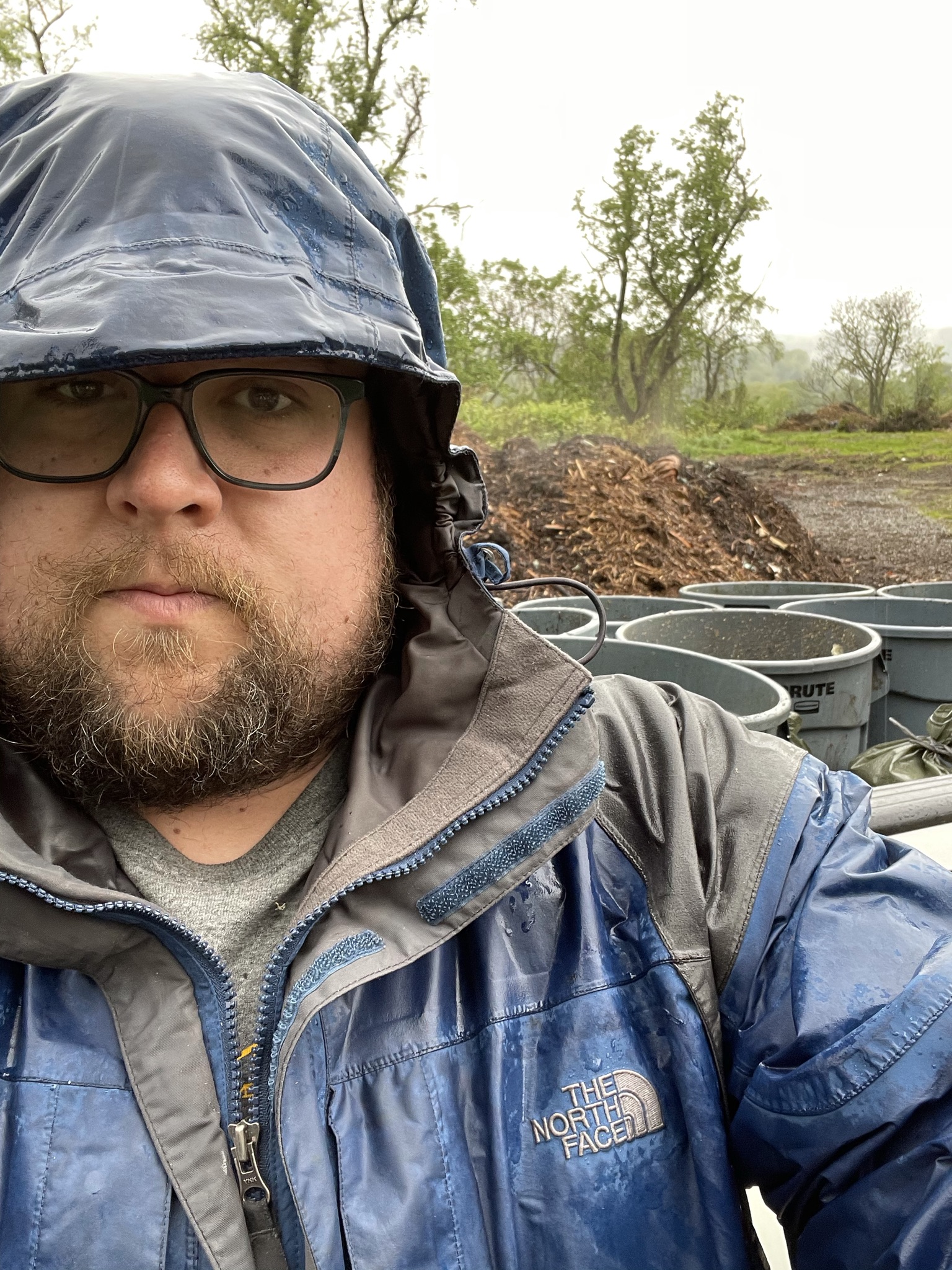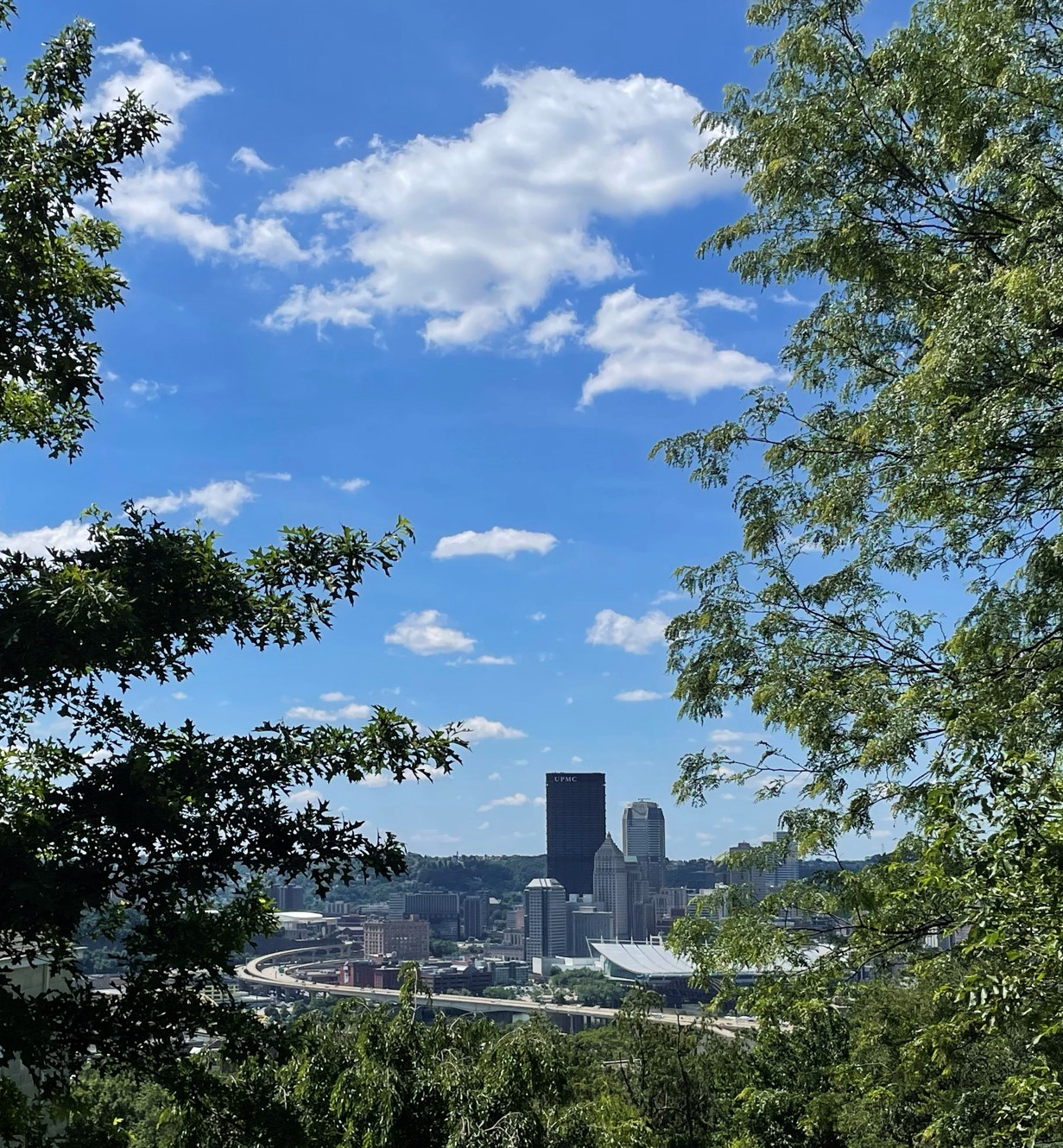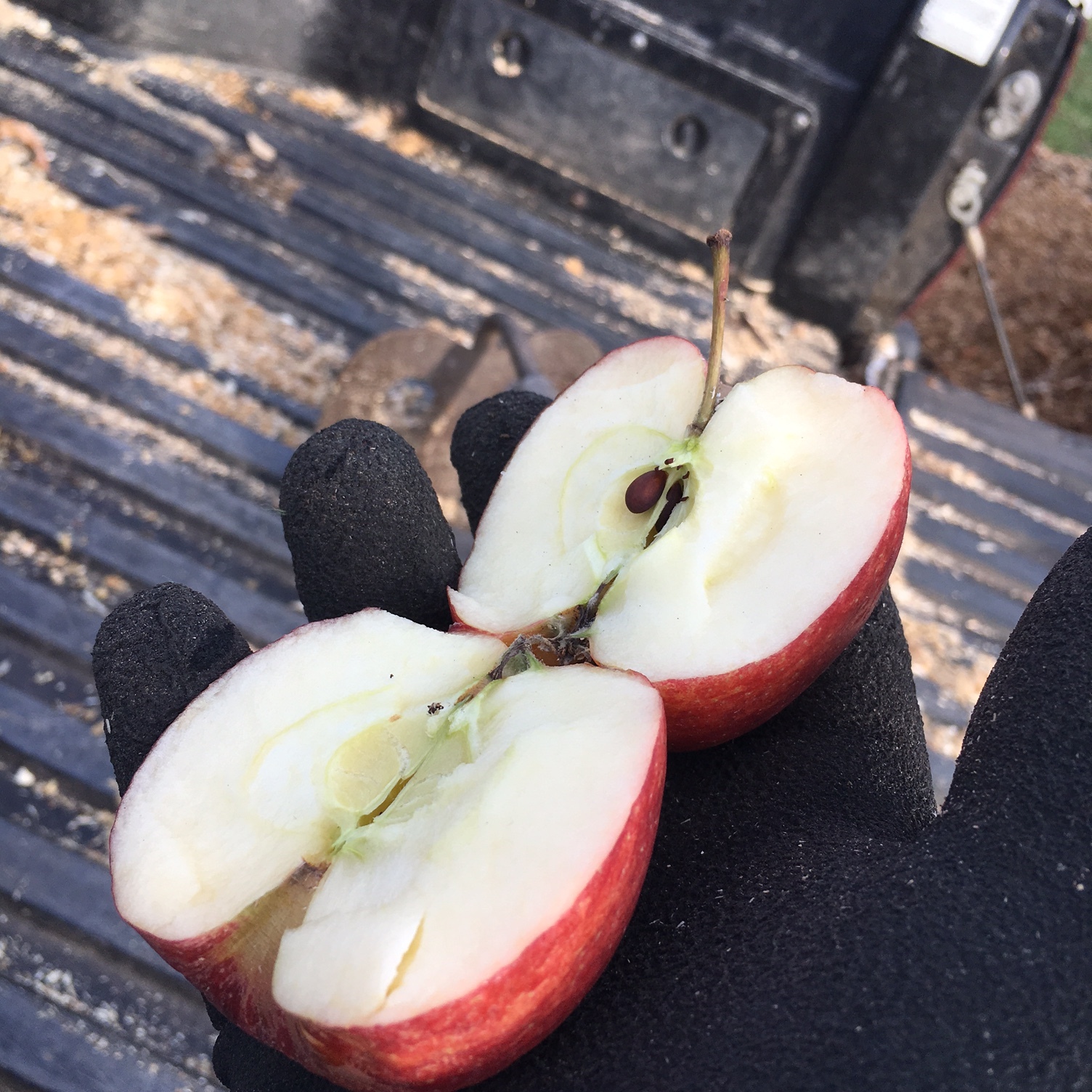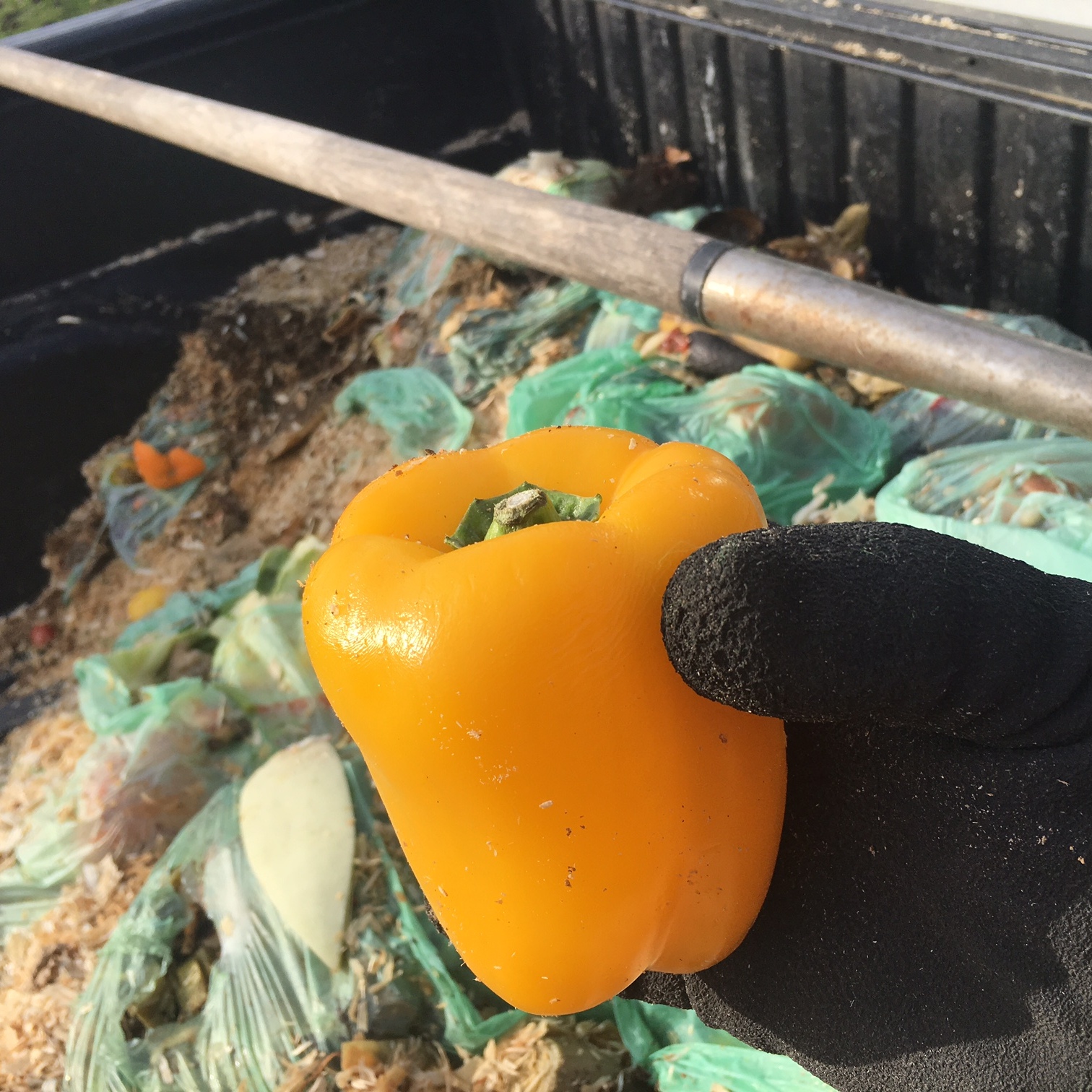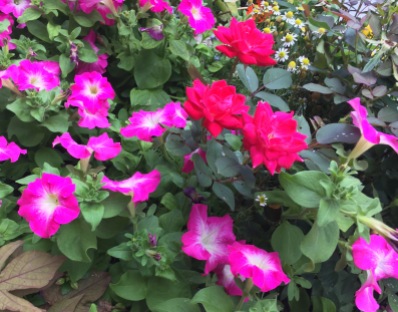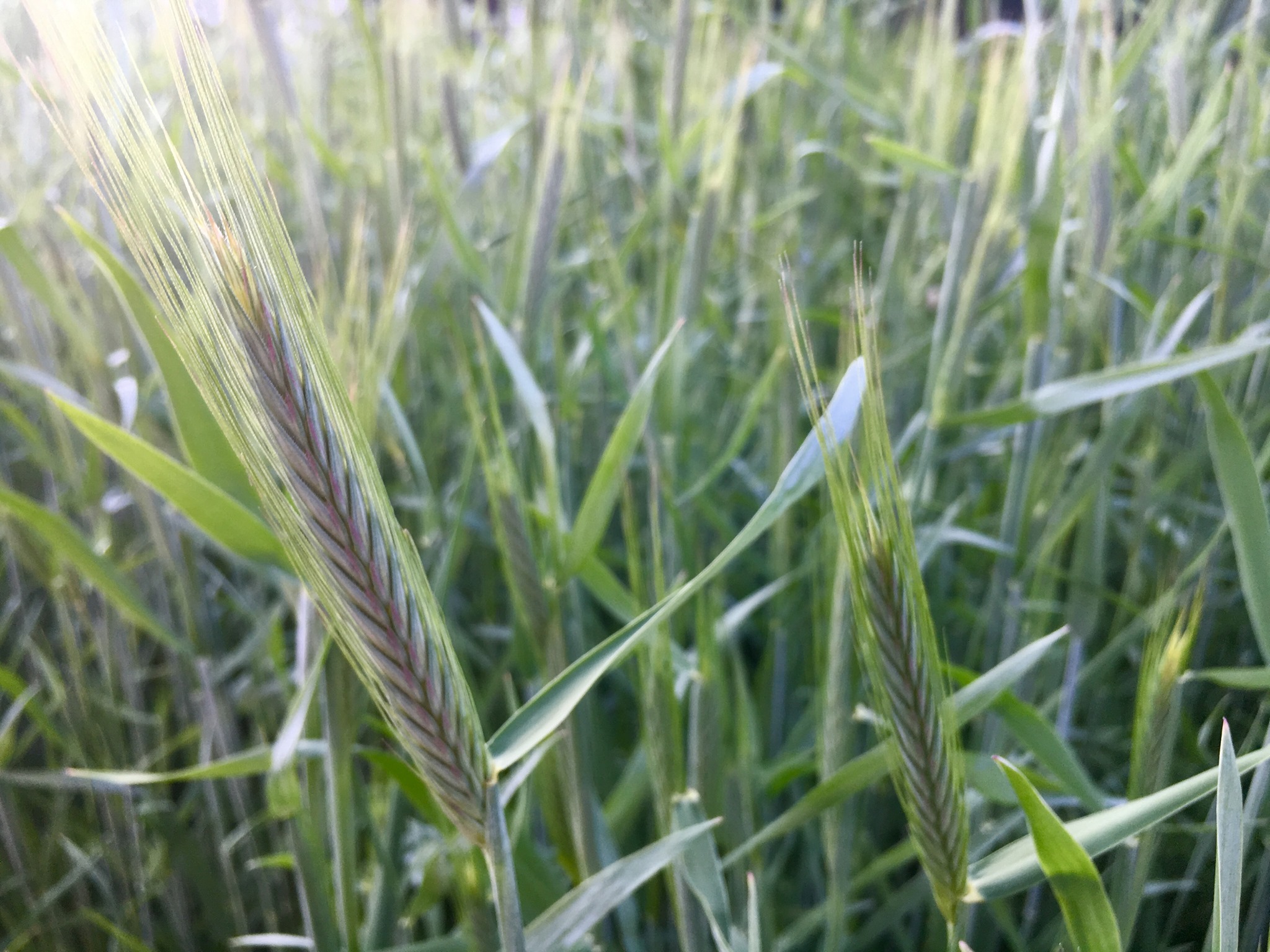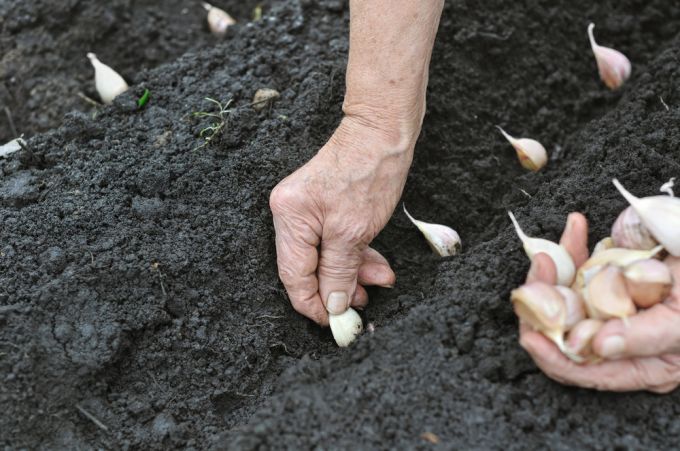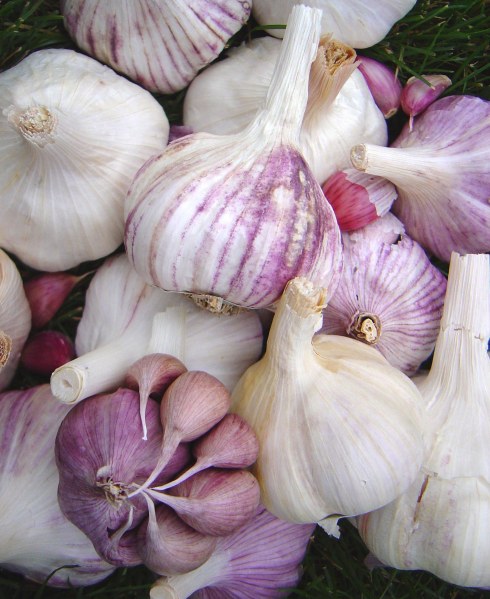Ask any composter about “food waste”, and you’ll see the gears turning in their head immediately. They might even have a glimmer in their eye, or bated breath, as you begin the discussion.
The term “food waste” encompasses a lot of different kinds interactions between humans and the food that we grow, farm, sell, purchase, eat, share, preserve, and then compost. As a residential composting service, our exposure to food waste starts with what our customers don’t like, or don’t want, to eat, and then leave in their buckets for composting. Most often this comes in the form of food scraps– pieces of produce, or even stuff like fermented grains from brewers, that was never really meant for consumption, or takes too much time to “upcycle” into another dish. It also comes in the form of unwanted food– leftovers, moldy foods, or excess. Both of these elements of food waste at the residential level can be controlled somewhat by the consumer. The reasons why might vary, and the how can become a bit of a burden when people have large families, or busy schedules and a composting stream is in place. Ultimately the nutrients are going to the right place, so why bother worrying about the last apple of the bunch getting composted, or stressing about the day old casserole that’s not going to get eaten.
In March 2020, a very simple concept in food waste was brought to everyone’s attention as the regular task of grocery shopping was flipped on its head during the initial outbreak of Covid-19. The concept was this: With the stay-at-home policy in place, grocery shopping, as well as what we cook and eat, was fundamentally changing, along with the food waste that comes from all of it. Shopping trips needed to be planned out. People shopping from home didn’t have a say in what the produce looked like that was being picked up for them at the store. The community at large began baking sourdough bread, and with the timing of the outbreak, more people started gardening too. The potential catalyst for real change was present.
The pictures you see here were taken sometime in the spring of 2020. They represent my occasional observations as a composter. It seemed that even as people tried to adjust to new shopping habits, fresh foods were still being discarded. Again, reasons why can vary. As we enter 2022, two years after this shock to the system, it’s hard to say for certain how food waste has changed at the residential level overall, but from a collector’s perspective food waste still exists in this same capacity. Food often enters the composting stream as edible, undesired food. It’s hard not to see this and wonder how this could be avoided. To try and tackle this one small part of the food waste, let’s ask ourselves, “Why should I worry about food waste coming from my home if I am composting it?”
Pittsburgh has some great recourses for gleaning food and distributing it to places in need. For the sake of simplicity, this blog post is focusing on just the compost collection stream.
If you have a bell pepper sitting in your food waste-bin, and it looks crispy and juicy enough to cut and dip into some baba ghanoush, I’m going to assume you didn’t grow it. If you had, you wouldn’t be so quick to pitch it. If it has a produce sticker on it, then there’s a better chance it got trucked in from another state, or maybe even brought in from a different country. It’s just one pepper, but attached to that pepper is potentially hours of travel, energy, and commerce. As well, seeing as how a bell pepper is something that can be grown locally, depending on the time of year, this pepper bound for compost may even be associated with a local farm. Even if it’s just a dusty looking russet potato, our food waste leads right back to our purchasing, cooking, and eating habits.
As a composter, it’s easy to see this wasted food as extra weight. Why is it even entering the composting stream? Some foods look slightly bruised, but certainly nothing my mother wouldn’t have told me to “cut around”. Looking at an apple that has a produce sticker from another country on it, as it’s about to get composted, I think about how it would make a great addition to my lunch, and provide a good afternoon boost of energy, instead of travelling across the globe just to be mixed back into the earth, thousands of miles away from the earth beneath the tree where it grew. Sure, the bell pepper is going to make for great nutrients in the soil, but only after it is processed for a few months with machinery and time. Why not process it the way it’s meant to be processed, through our metabolism?
Ultimately, the question of food waste leads to more questions, but they’re good ones in my mind. There’s something to be said for cutting around that bruise on your vegetables, or knowing that peppers do tend to get mushy if you freeze them, but since you didn’t end up making that salsa, maybe freezing them for a soup later on would be better than composting it. If we continue to think about how we plan our grocery shopping, and what we are buying and preparing, can we save a few thousand miles of transport by avoiding simple kitchen waste? Does learning how to preserve food better at home lead to a better appreciation for what we eat and where it comes from? Maybe it’s not about having the sweetest and juiciest apple, but instead just being grateful for the slightly softer one that still gives us just what we need.
To keep things simple as a composter, I have to keep in my mind, the soil that will be ultimately made from all this food. Come springtime it’s easy to forget about the food wasted from households, as the compost we’ve created goes out to backyard gardens and local community gardens. Ultimately the food won’t go to waste if we can continue to do our job as composters.
There’s always going to be some food that gets thrown away, even if it was homegrown, or could have been rescued to a local fresh-food desert instead. In this day and age it’s probably better not to lay guilt or personal dogma onto others- certainly not about something as universal as food. Whenever we pick up food scraps, there is always going to be some food that looks like it shouldn’t have gotten discarded. At the heart of this “food waste”, it could be said, is simply a preference for something fresher. Churning this food into dirt is still a magical process, and we’ll have the opportunity to replenish the earth in new ways when the days get longer and warmer, and start over in our collective gardening quests to grow, preserve, share, and enjoy, to stay healthy, happy, and strong.

